Clay renders of the turret up today, hopefully I'll have clay renders of the hull up in a few days, then final, textured renders.
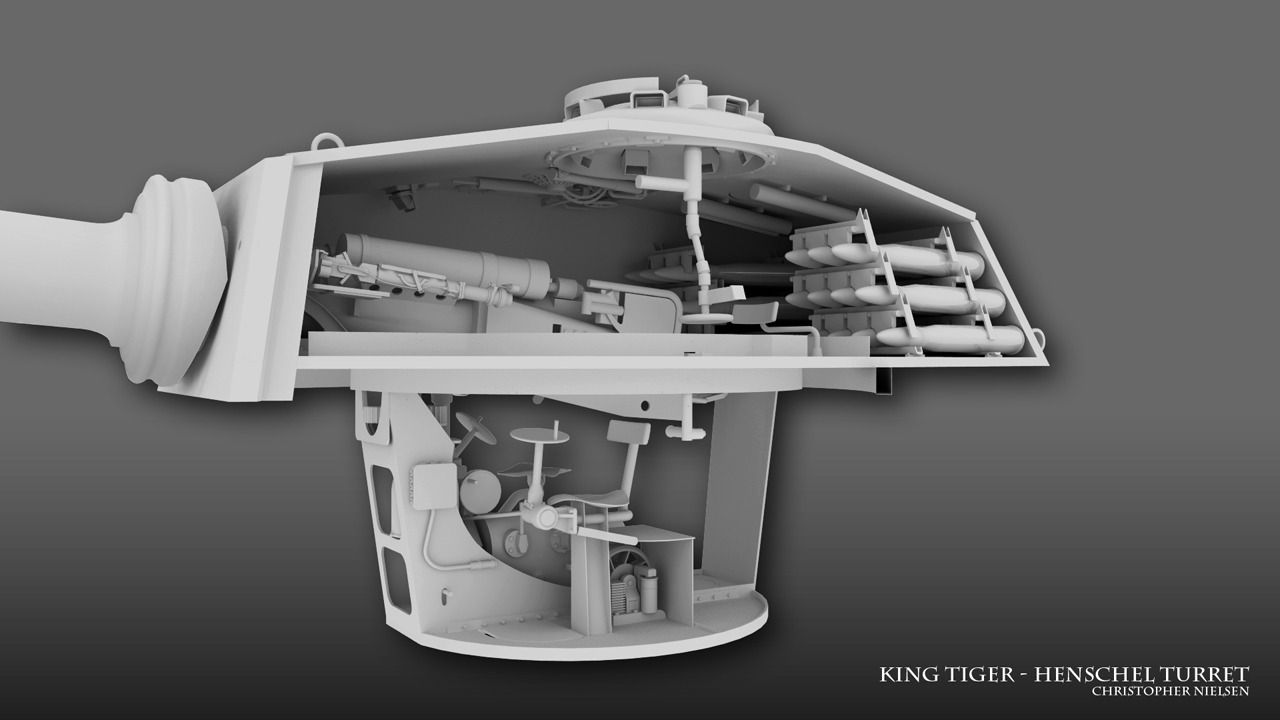
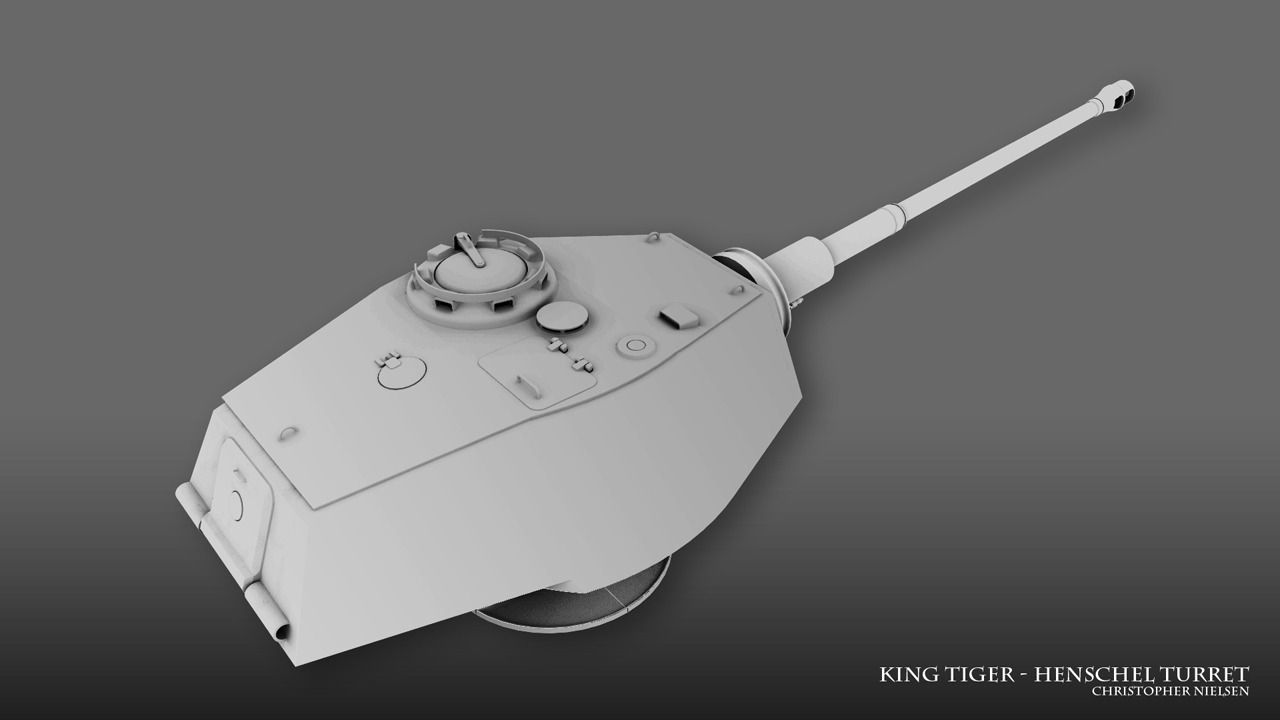

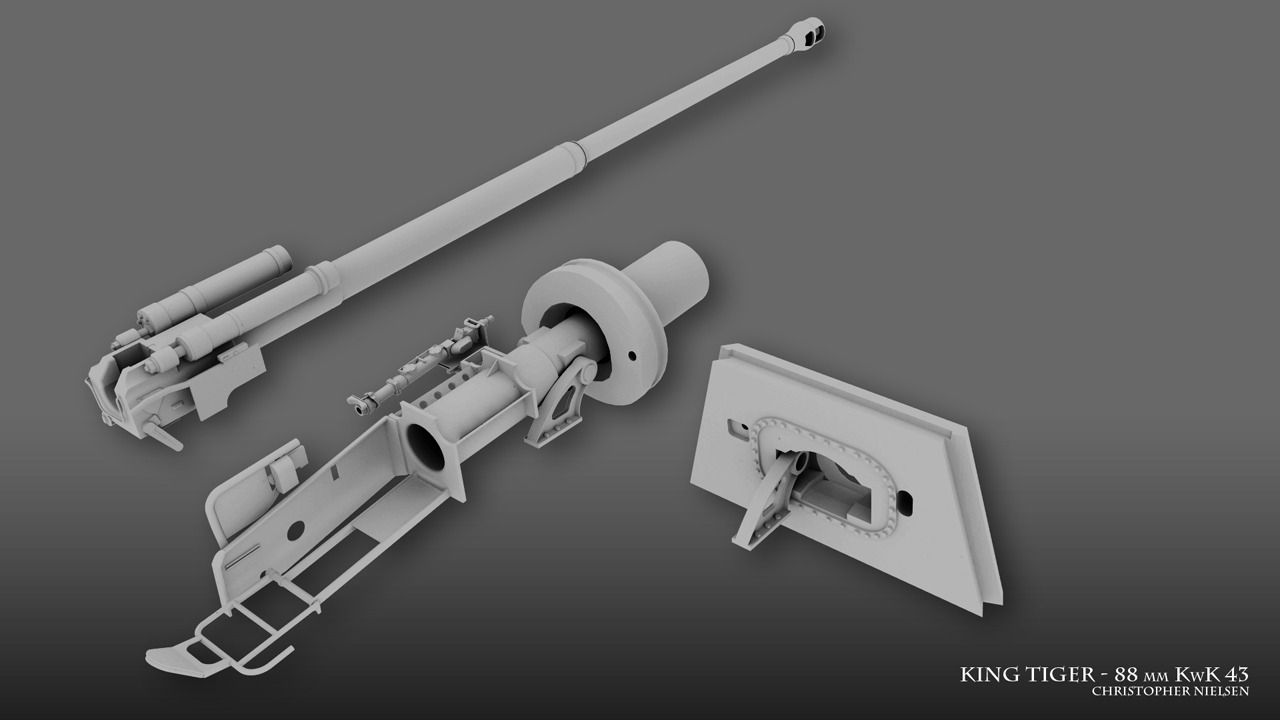
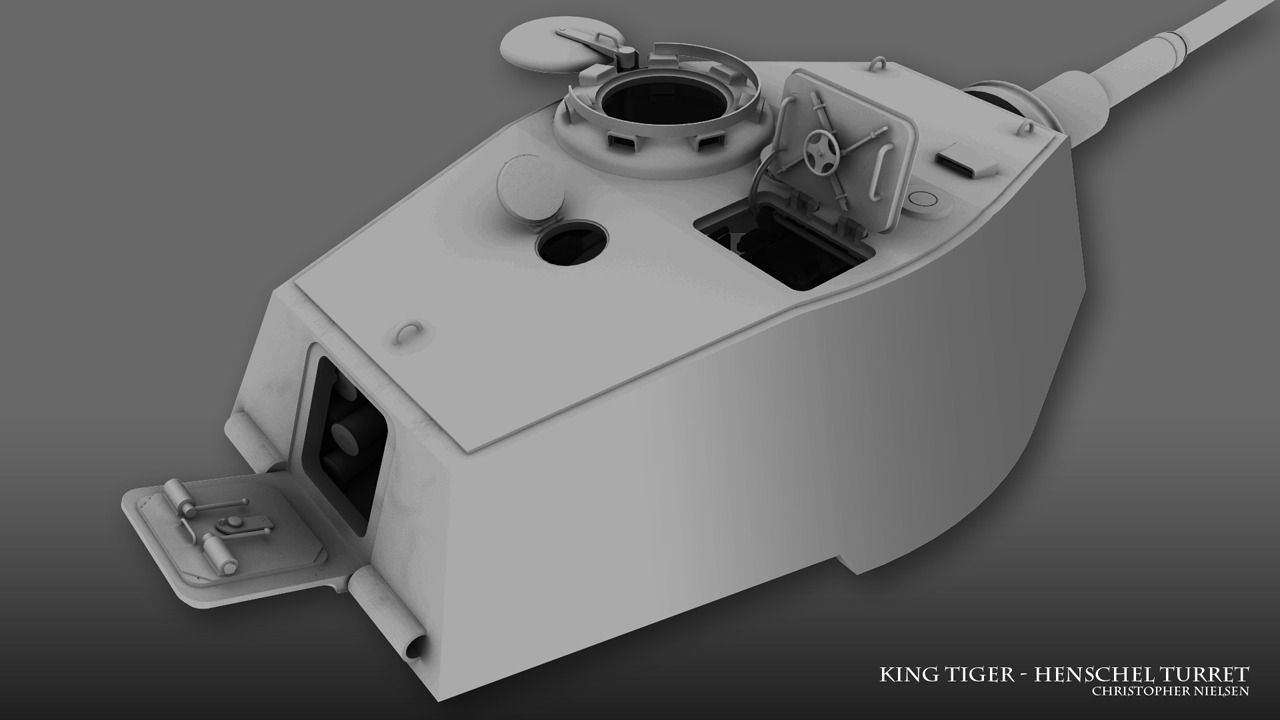
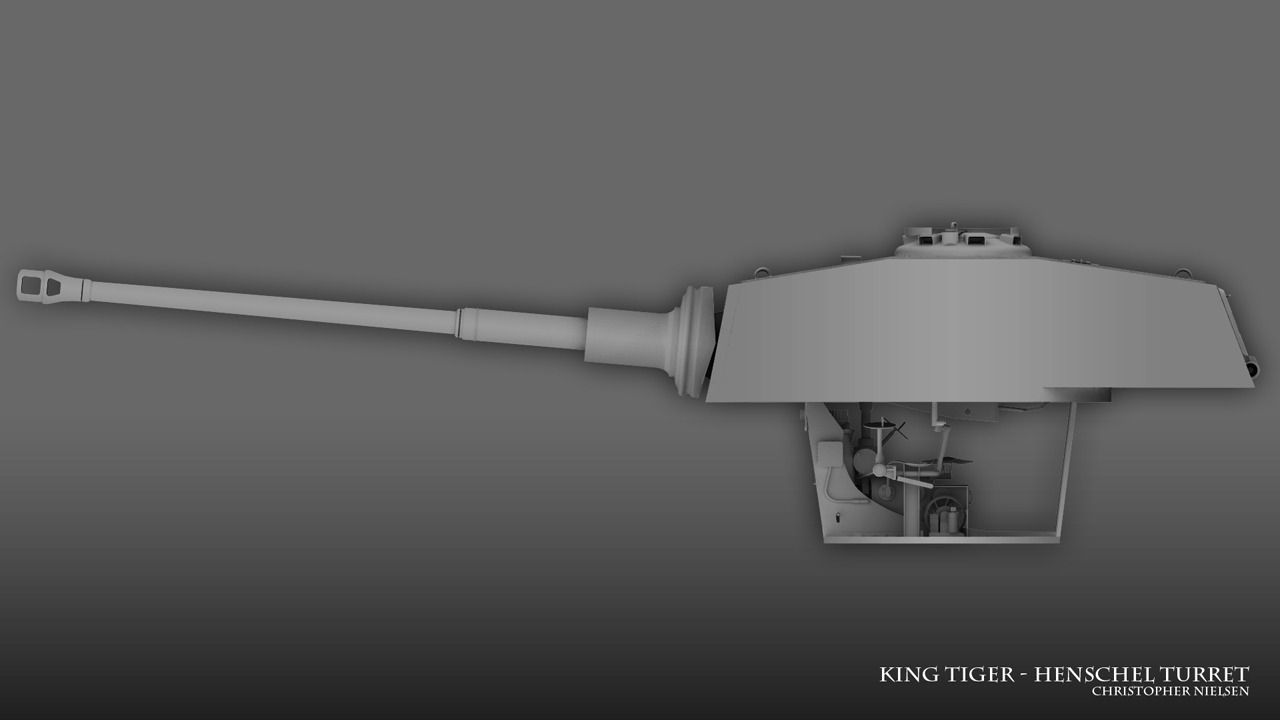
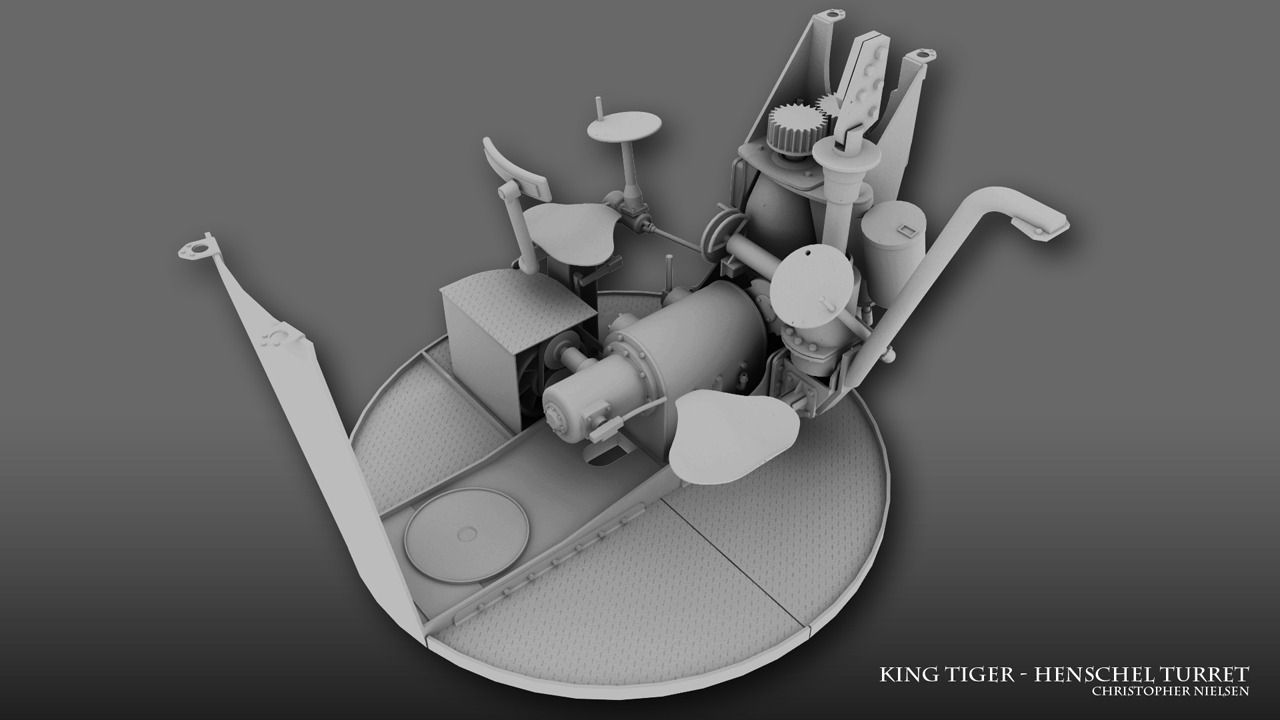
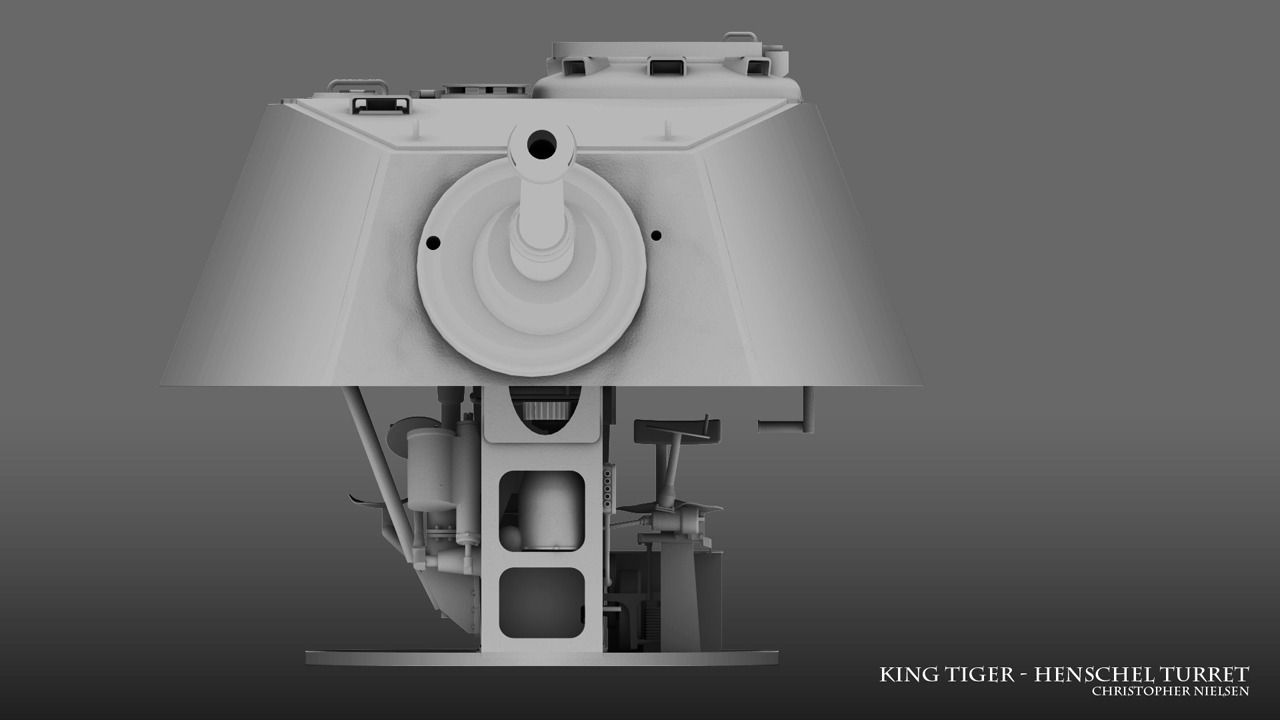
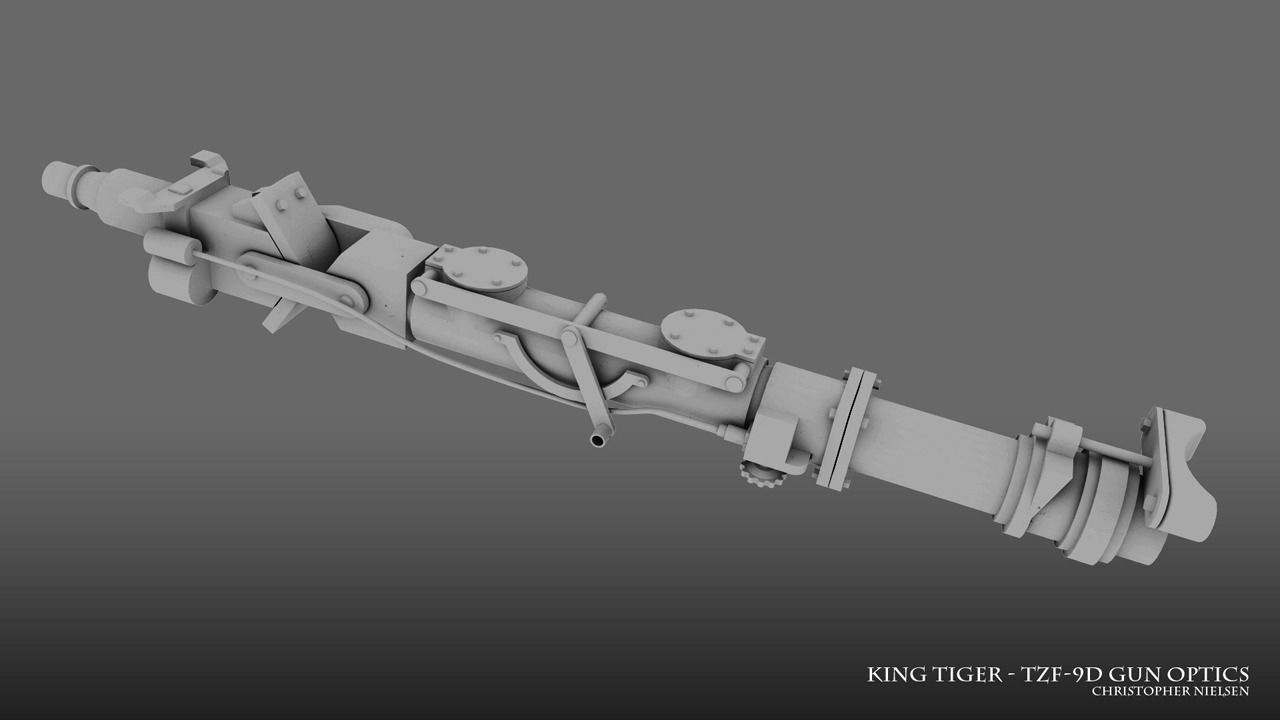
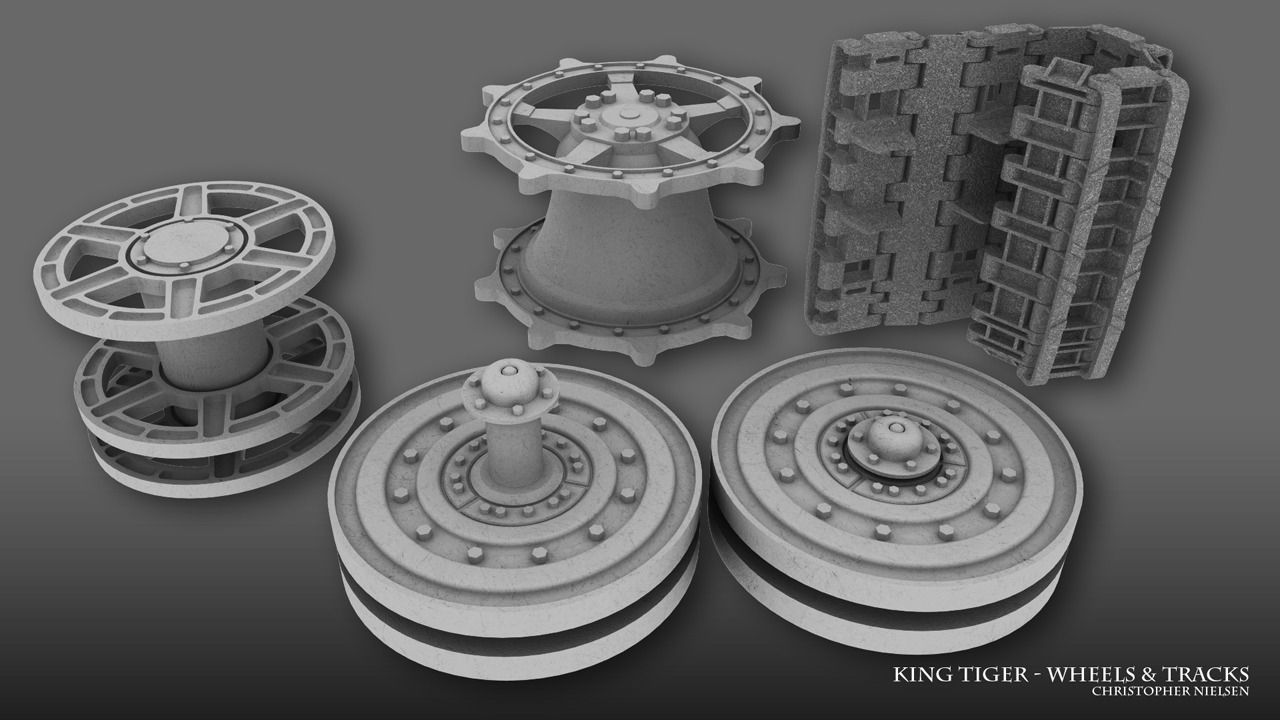
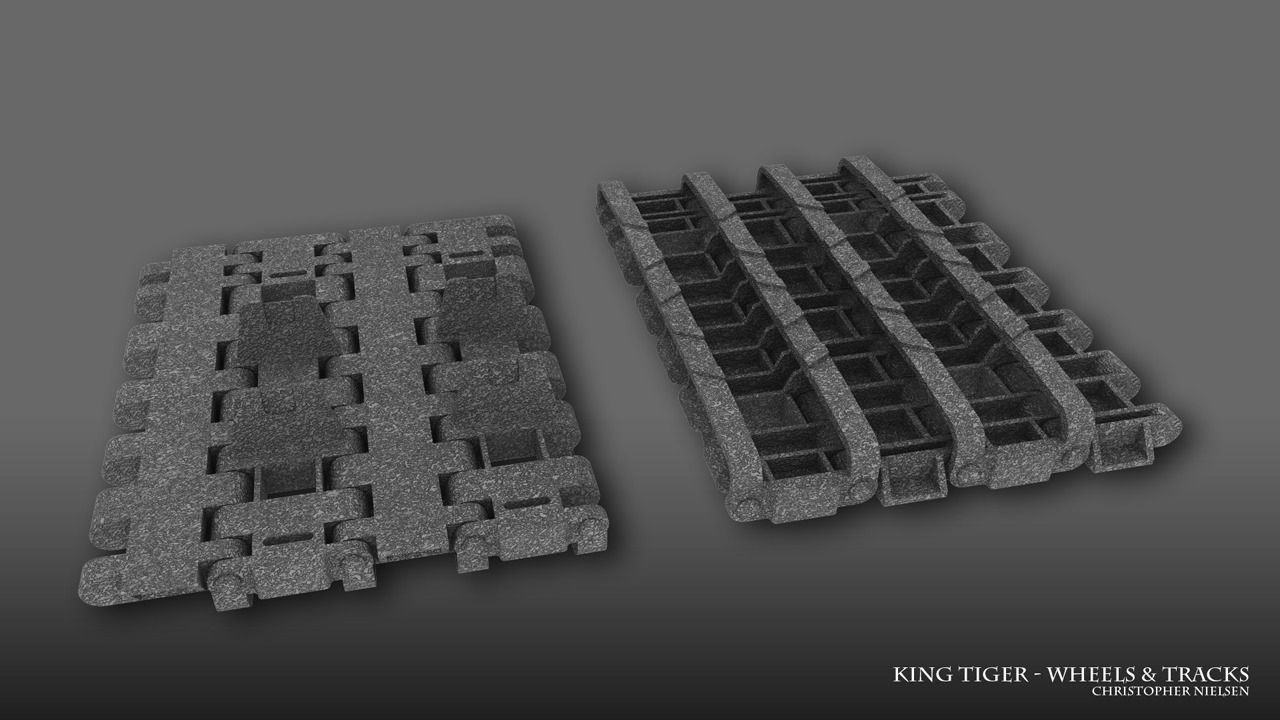
New: 17-08-2012
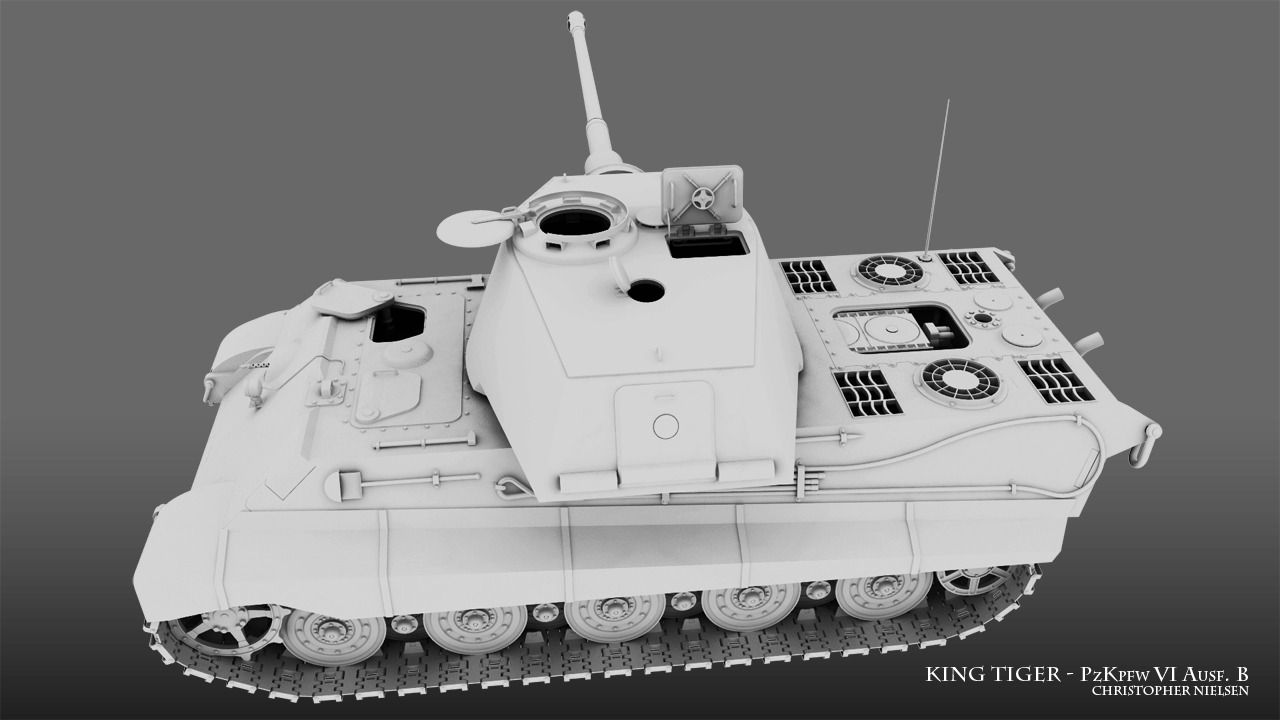
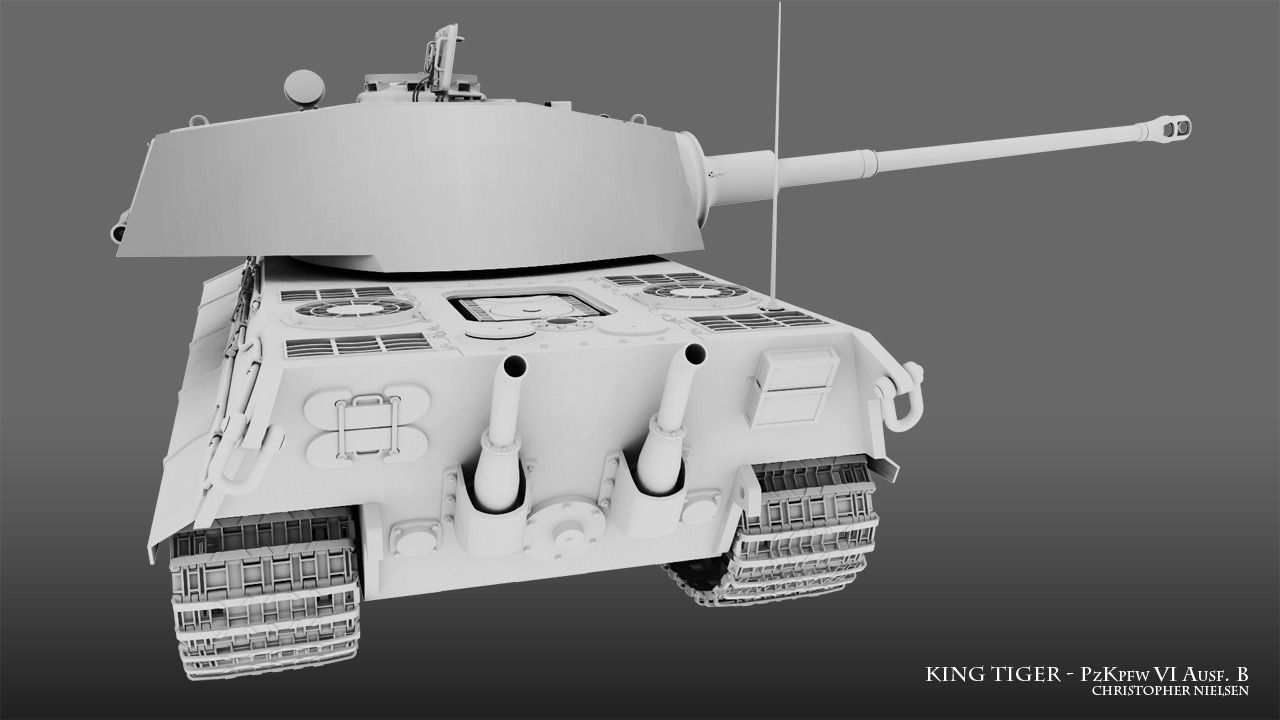
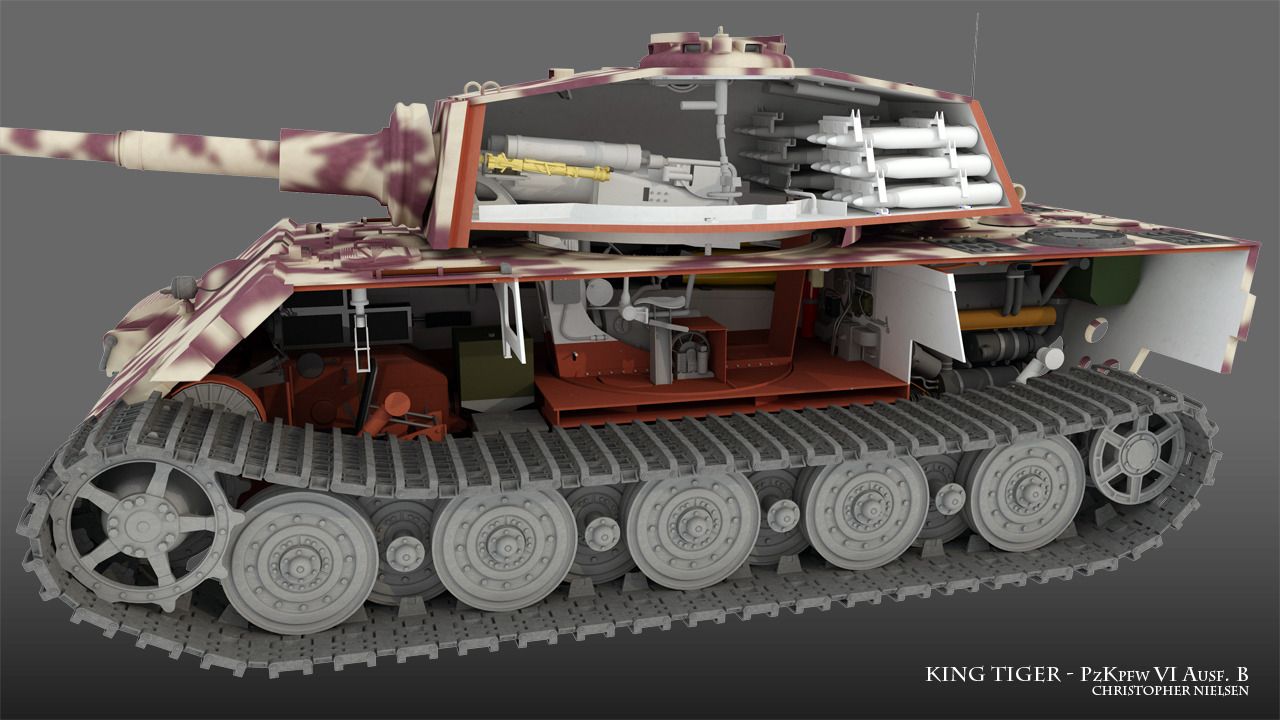
Clay renders of the turret up today, hopefully I'll have clay renders of the hull up in a few days, then final, textured renders.











New: 17-08-2012



Thank you for the answer, about those circles, once you extrude them to become cylinders, will Rhino then make them into polygons as well? Because, in that case, I can easily use cylinder from Sketchup right?
And about 3D max, does that work in the same way as Rhino, or does it also use circles/cylinders, made of polygons?
Thank you
Hi, so I'm on a team were we work with several 3D solution, including Sketchup, 3DS, Rhino, etc, we all have our preferences and that is fine, however, I have nearly no experience in exporting Sketchup files into the other packages. Luckily, I have been issued with the Pro version of Sketchup, so I can export through that. What I need to export is .obj. .dae and .3ds files, now I have some questions.
Quality is extremely important for me when exporting to another file format, so that nothing is lost in the proces. Now, can Sketchup do that? When exporting I'm not seeing a great lot of options, which is good, but I want, as an example, the .3ds file to work as if it was natively made in 3D Max, is that possible?
This is based on nr. 1. I know that Skethup works with another type of geometry, (Faces) compared to most other solutions, that work with polygons. Now, when converting, how well does Sketchup perform here? Will my team mates have to clean up a lot of bad geometry, or..? (please note, im good at making clean geometry in Sketchup, so this question is purely about its converting abilities)
And how about circles? Sketchup works with edged circles, I know that as an example, Rhino do no such thing, there, a circle is round. Now, can Sketchup d this also, make a circle truly round, when exporting? Or how does that happen? Also, this question might as well be about everything "smoothed" in Sketchup, how will that look in other programs?
Last but not least, lines, Now, I dont use lines to simulate geometry, (like making a line stand alone, simulating a wire) but how does Sketchup handle lines when converting? What will happen to them?
Thank you for your time  And if anyone know some great tutorials or tools that excell those natively in Sketchup for conversing, please let me know
And if anyone know some great tutorials or tools that excell those natively in Sketchup for conversing, please let me know 
So after a very long time of inactivity im finally back to work, so heres a very small update.
The gun barrel:
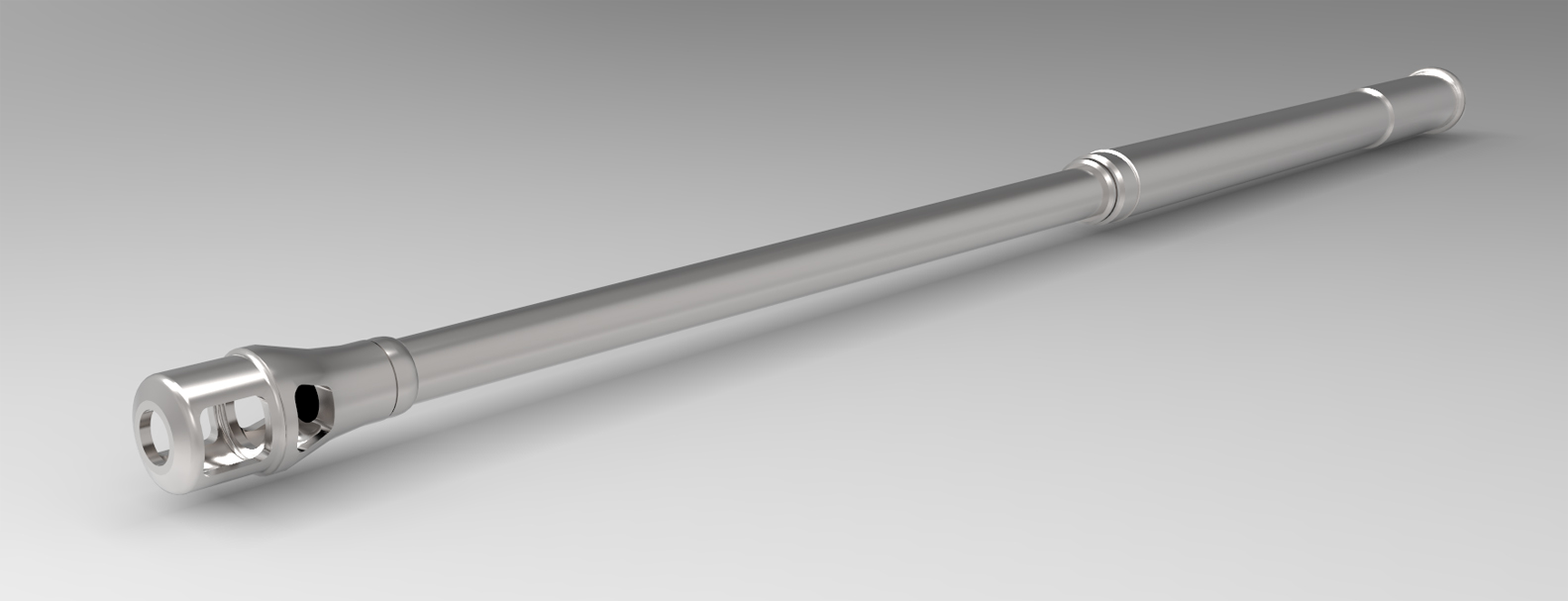
A closer look:
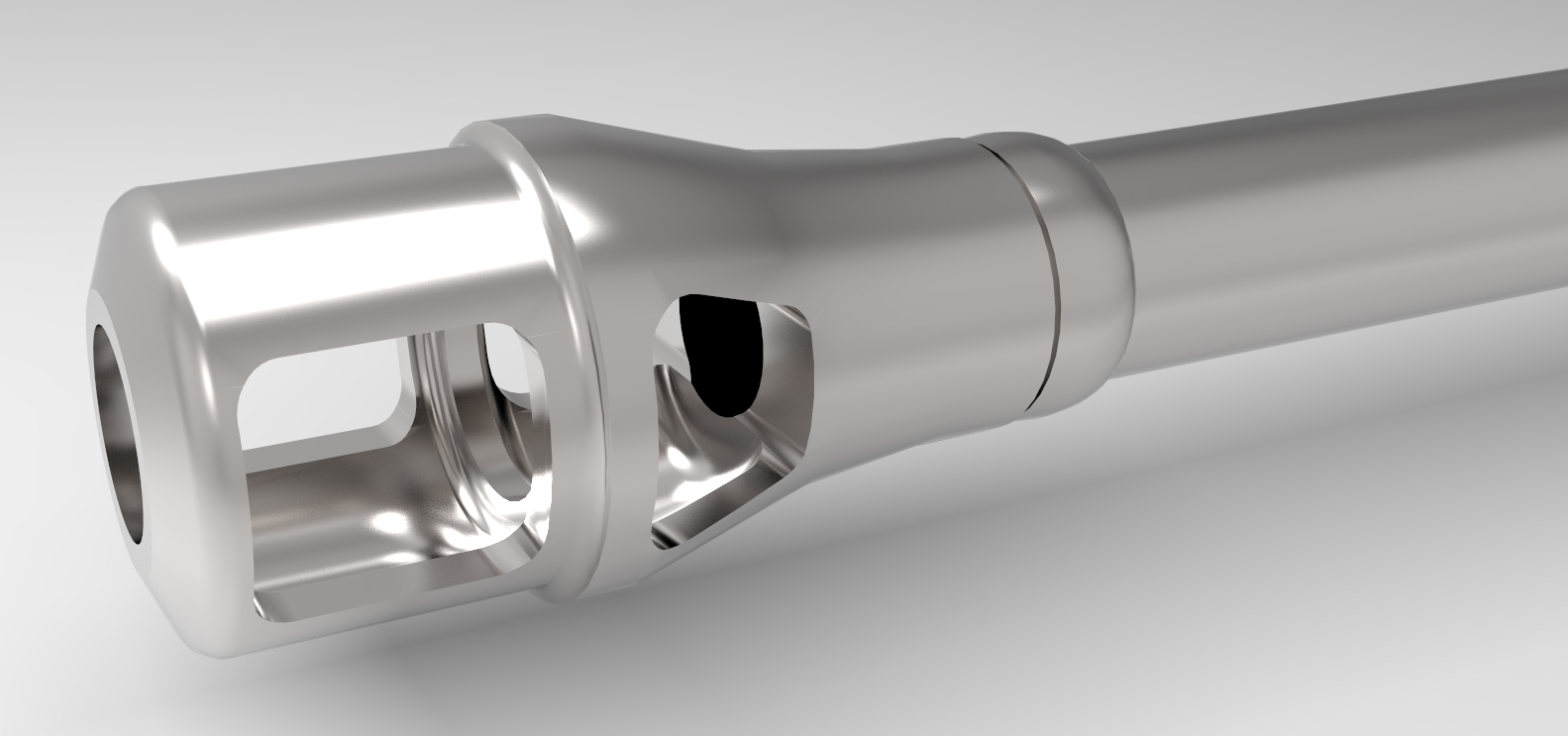
As you might guess, I'm working on the Turret part of the tank now. Have a great weekend everyone!
Hi Coremster, just checked out your pics on the WoT forum, it looks very very good! With that amount of faces, your circle, round shapes etc, must really be smooth! Unfortunately, I'm very busy in school for the time being, any architecht will probably know what I speak of. So I'm not going to post anything for the next month or so.
Very nice, I like all the small bumps and scratches that you have modelled, they really add some depth to the sword. However you might like to look at some texturing to add more details/scratches, im sure the handle is not just some red "plastic" like material, but perhaps leather, wood, etc? Also, I dont know if you have tried out rendering yet, but it also could add a lot to the scene. Here's a roman Gladius I did a few years ago.

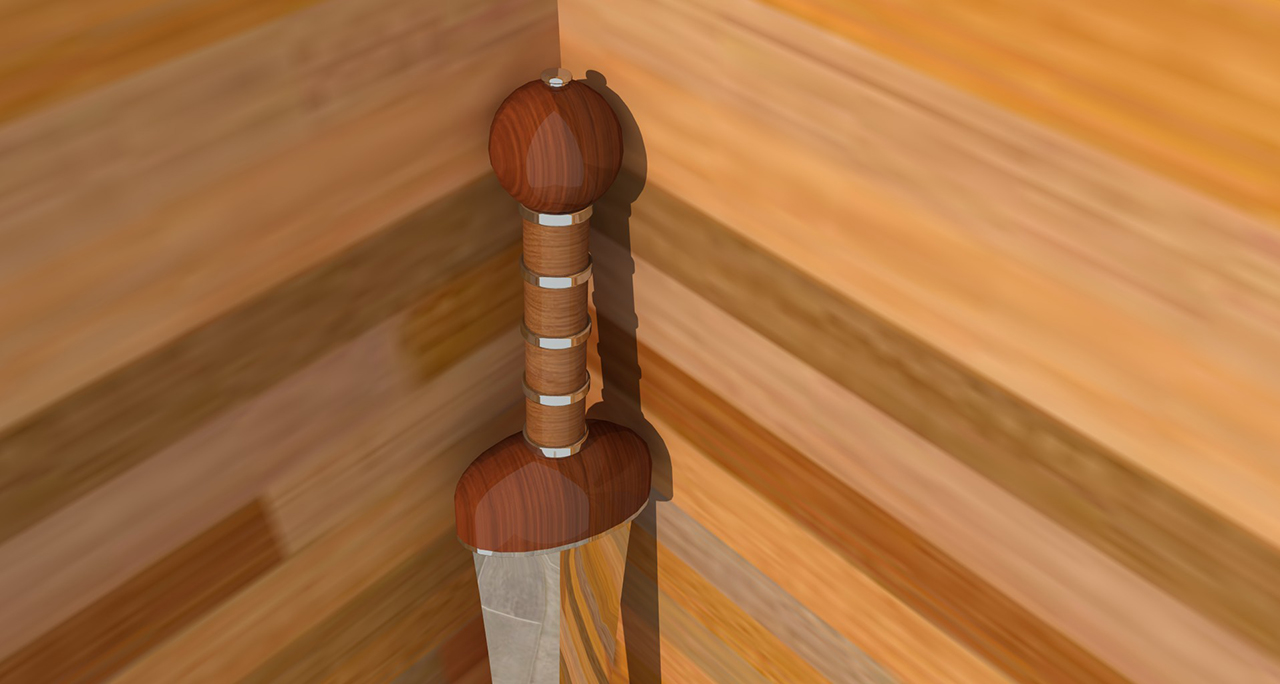
Keep up the good work!
Another update.
I'm starting to get a bit bored of just modelling pure geometri, so I've started to texturize and render the model. First of all, I've tweaked Podium into giving me some decent results, actually this render engine is more powerfull than I first thought, as long as you want to edit the preset files in a text editor.
I modelled the firewall which separates the fighting compartment from the engine compartment.
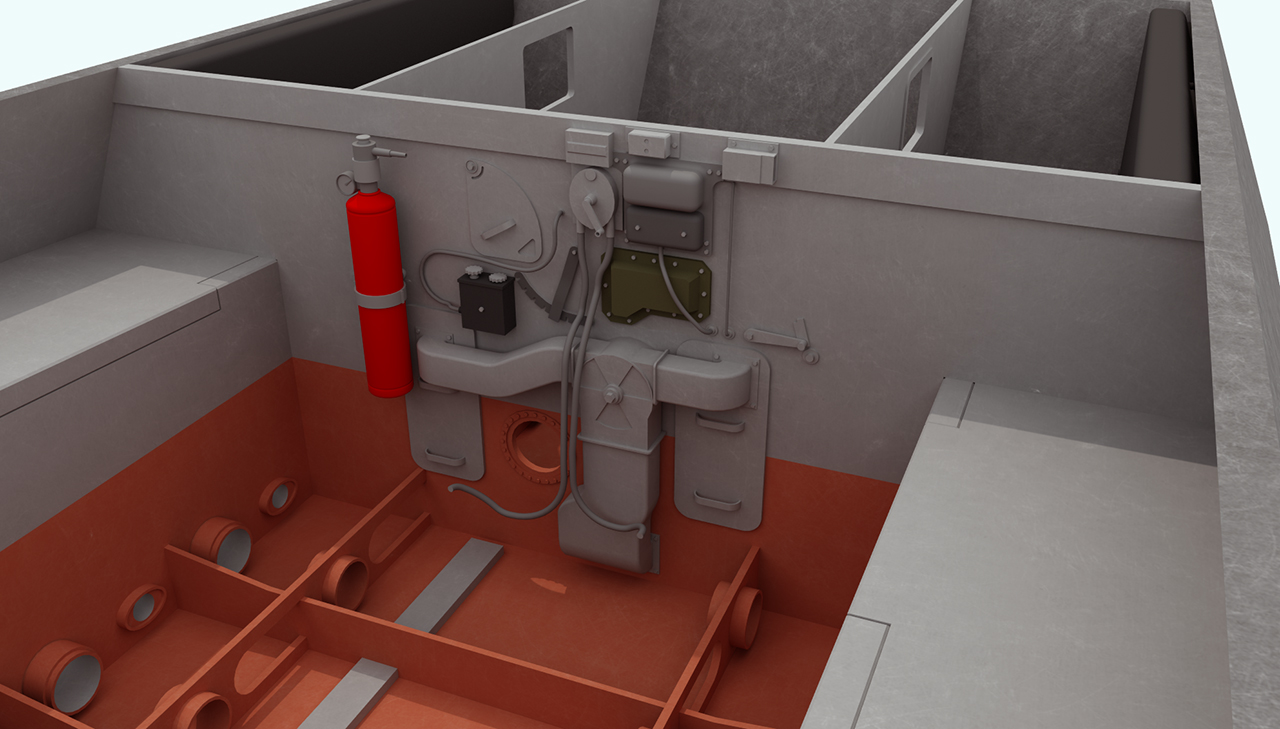
Also I've done a few renders of the fighting compartment, which is probably around 80% finished by now, in terms of pure geometri. The texture work still needs ALOT of attention tho.
From above:
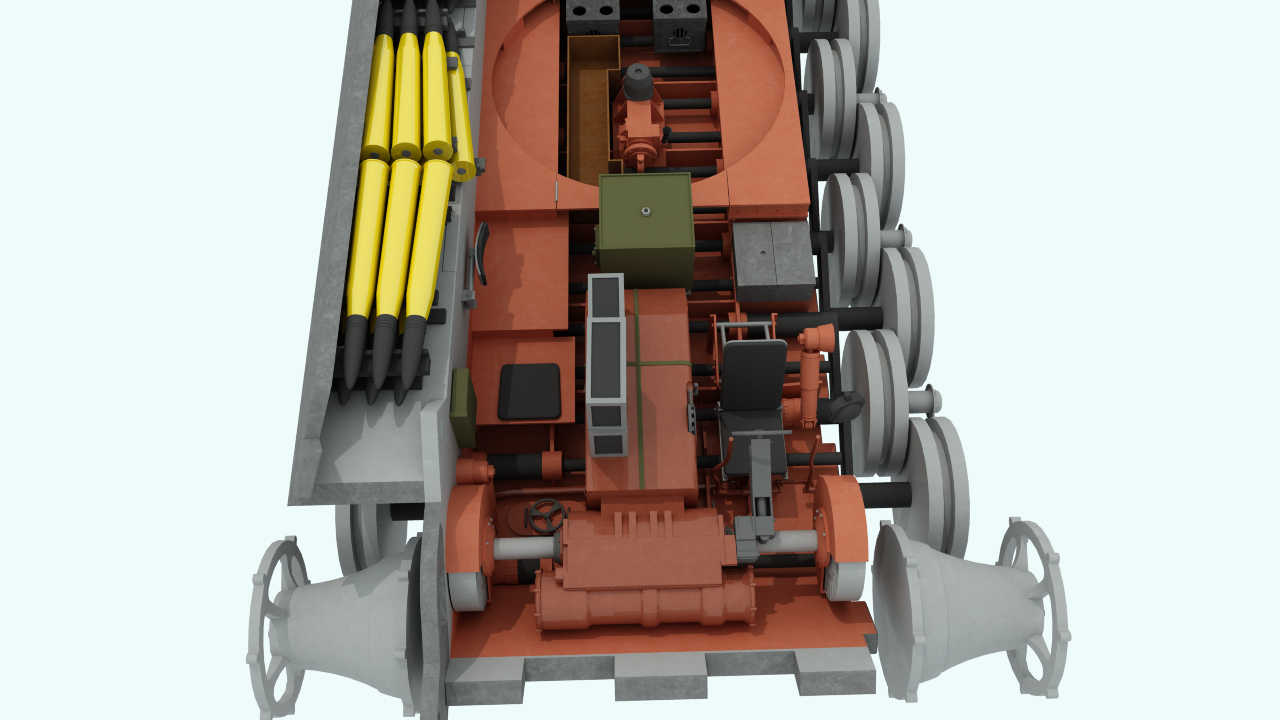
From the side:
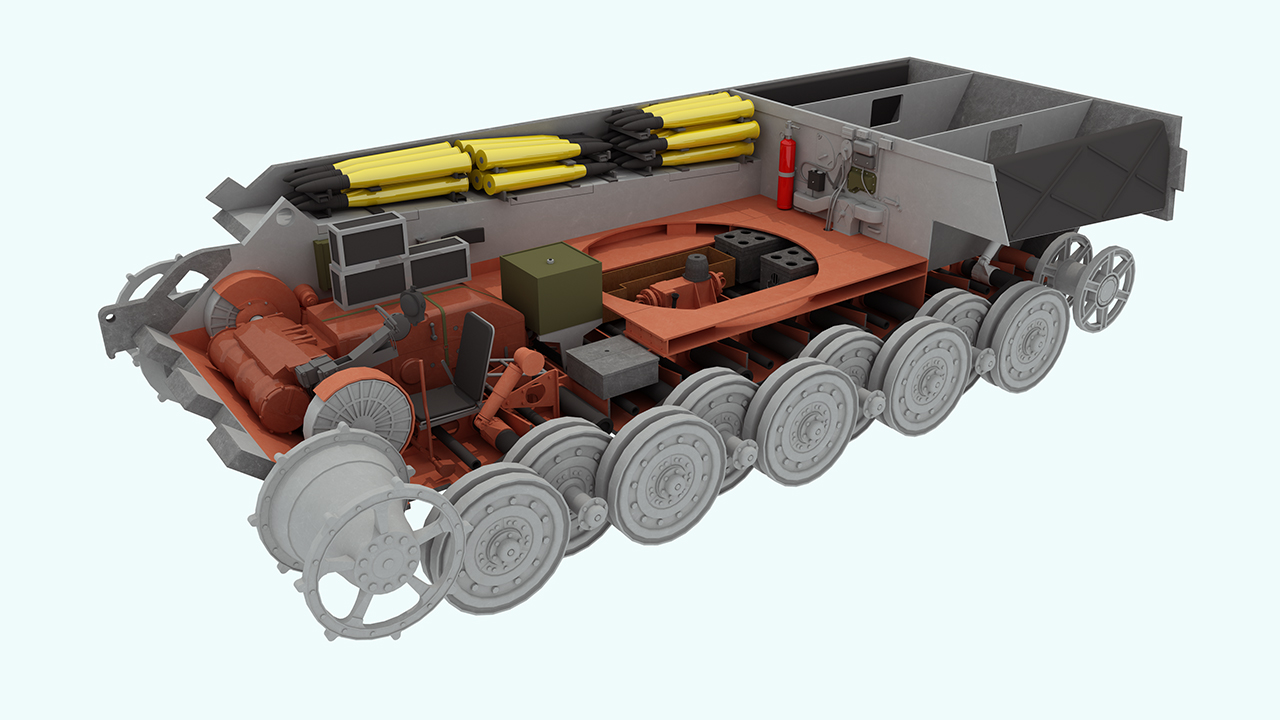
Very large (3840 x 2160) version here:
http://i118.photobucket.com/albums/o88/stoferr/TigerIIHull.jpg
I have a question regarding textures that I hope someone can answer. Is there a way to place something like sprites on an already textured surface? My images seem a little too clean, so I would like to add some textures on those already placed there. Can this be done in Sketchup?
Alright another update. Something about the model has been bothering me alot. I modelled the hull in one single piece, meaning that it couldn't be disassemblied, and thus didn't represent the real deal. So today I decided to redo it, I knew it would be a rather difficult decision, but that it would take me 10 hours to correct, was a surprise. It propably has something to do with the fact that I had to remodel most of it, add new details and reassemble, while still keeping the mm perfect precision and compatibility with the other components that I had before. Anyways, I got it done and now im more than satisfied with the new result.
One of the main reasons for redoing the hull was to show the great interleaved welds. This is one of the examples of germans over-engineering their weapons, but it proved to be very effective.
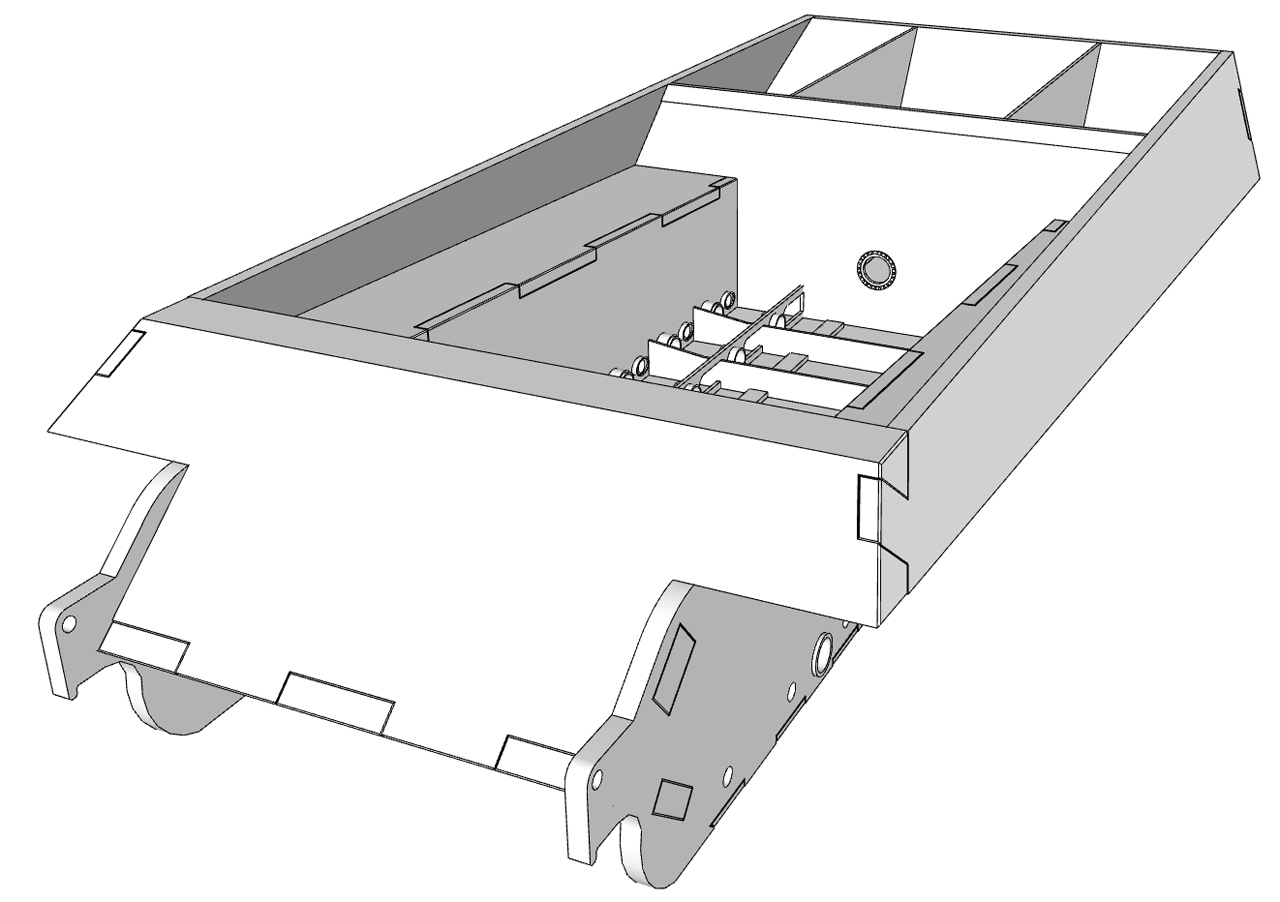
As said the new hull allows me to disassembly the plates, this will make it easier for me to showcase the enterior in my renderings, once the model is finished.
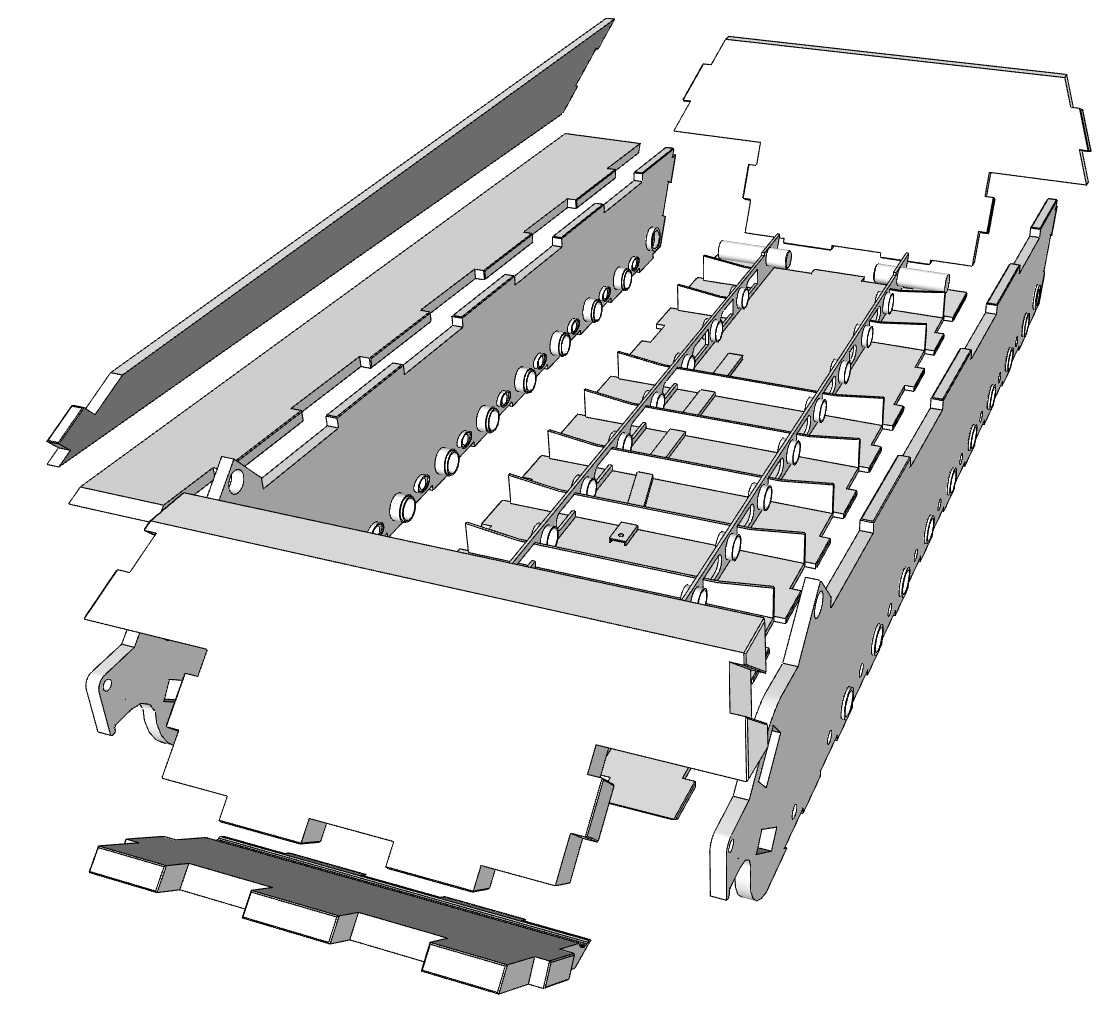
This is one of my favorite parts of the entire tank, those engineers really nailed it.
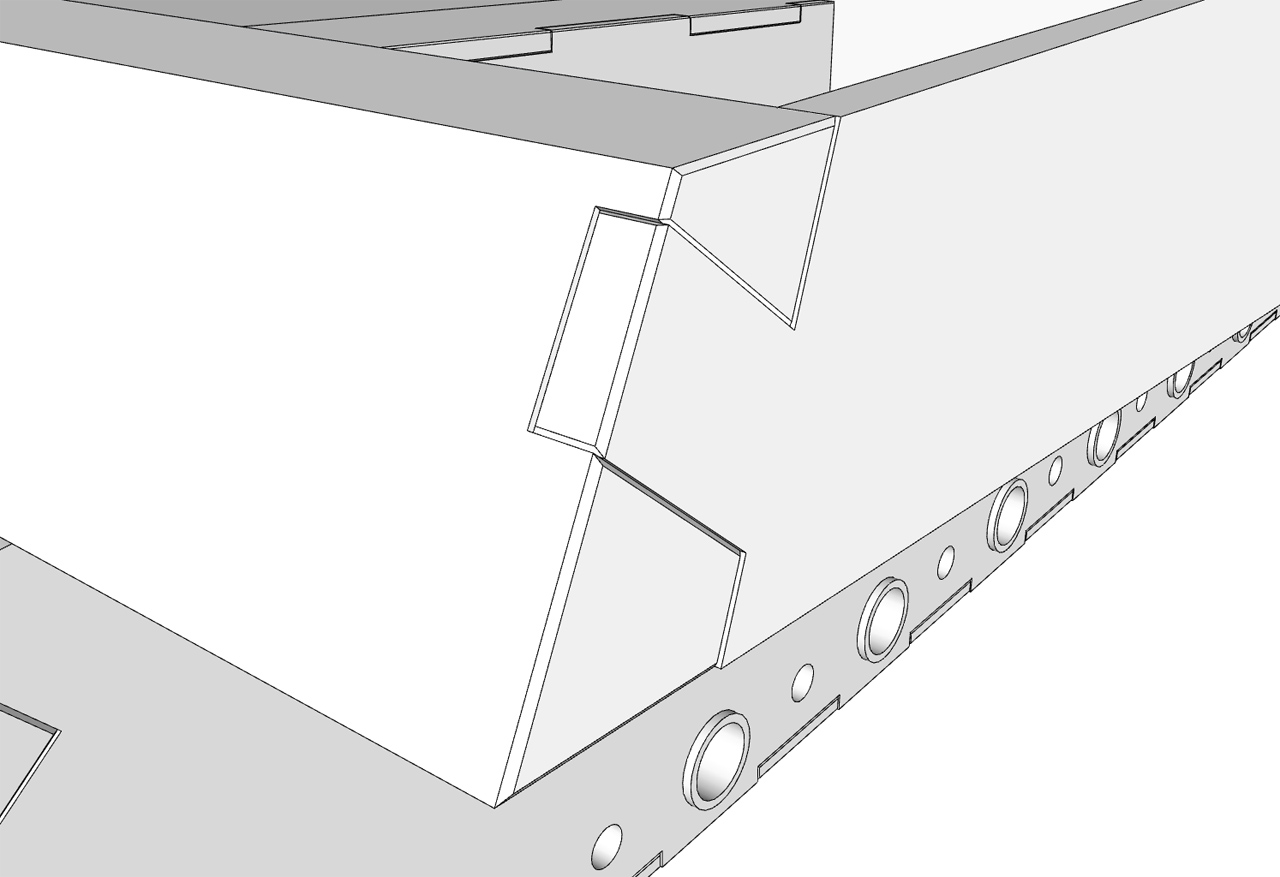
Here is the bottom hull plate. You see the supports for the hull, and torsion suspension. Alright, I admit that the interleaved welds on this plate aint accurate (there was only used normal welds) but I quite like this, see it as my personal mark on this model.

A side view of the tank and welds. Ofcourse the floor plate welds are made so that they make sense compared to the rest of the tank.

The upper front plate, notice the sheer volume of the thing, where other natoins made square amour plates, the germans made overly complicated ones.
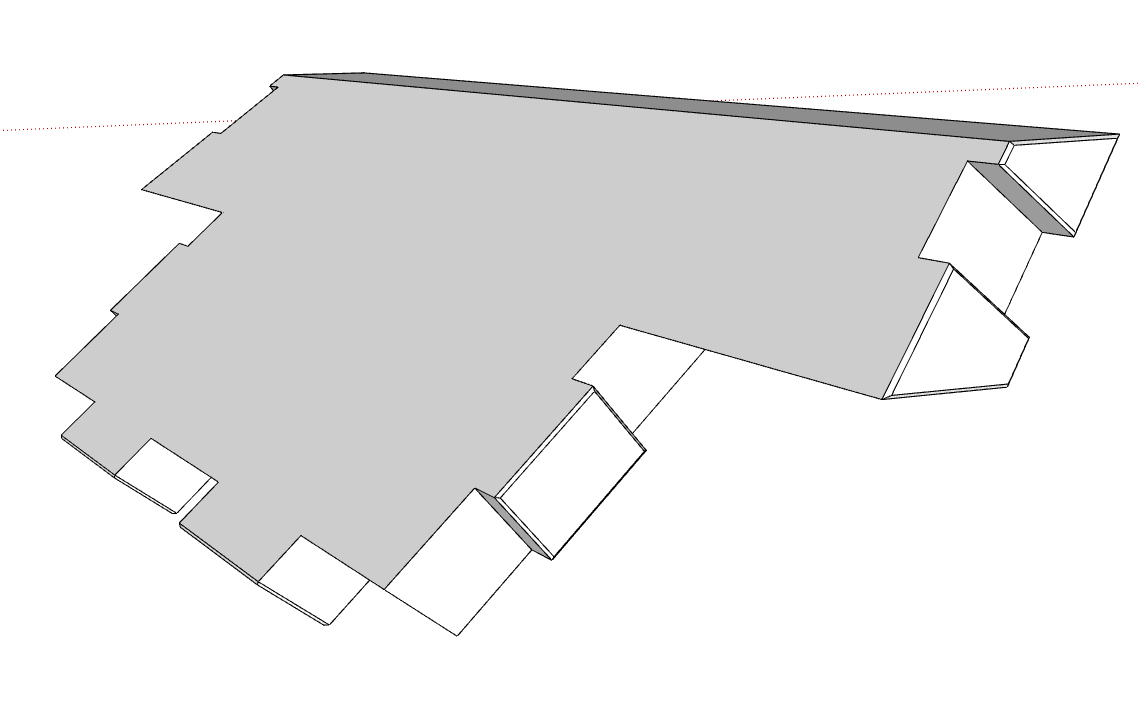
The tank with the front plate removed, revealing much of the interior.
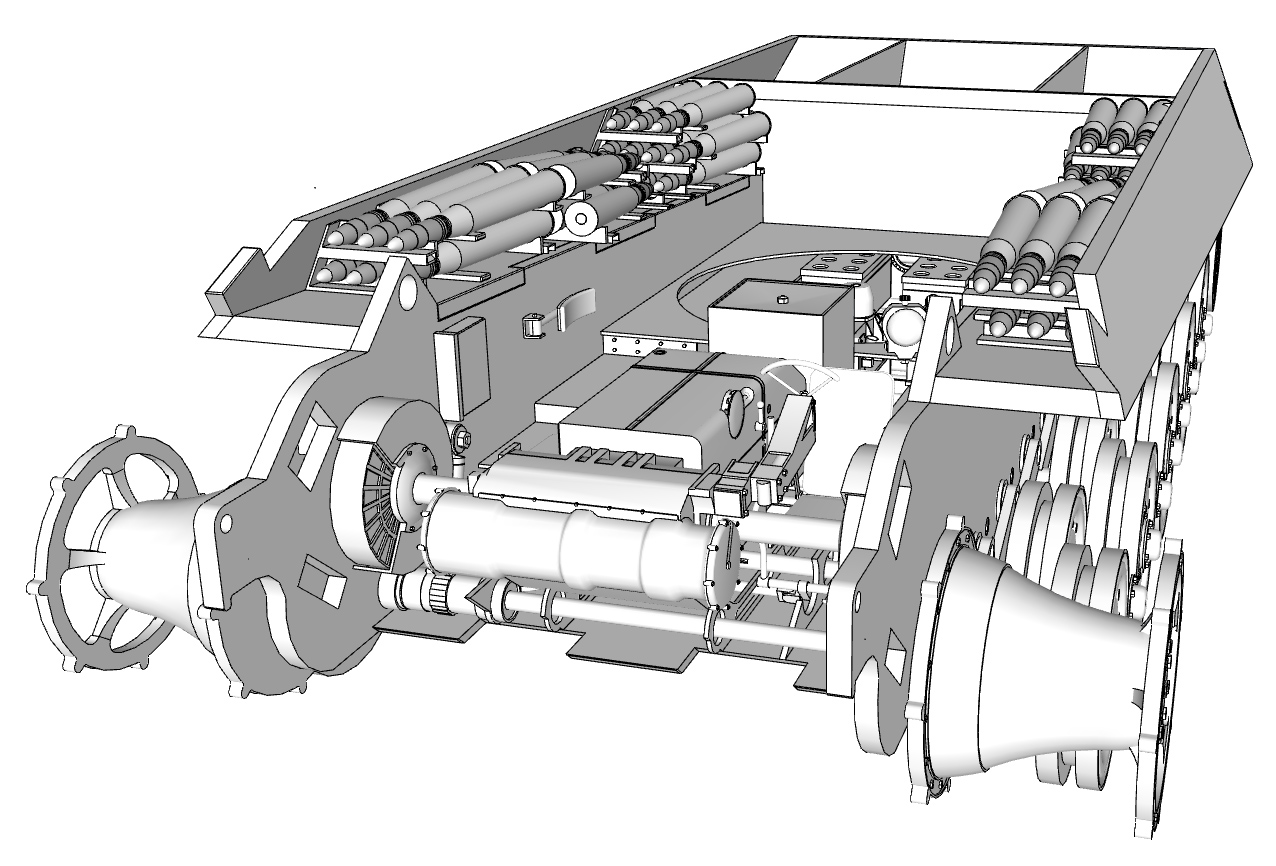
And thank you for the nice comments everyone, they are really motivating me to keep going, even when things dont play out as expected.
Very interesting pictures, it must be a very comprehensive project.
Very nice images, I like the integration of vegetation and building.
So, this thread has been standing still for quite some time now, however the project itself haven't. This is quite a major update, I have modelled many new things, and startet to fit them into the hull.
First of all, the oil tank. This simple piece is rather large and will be fitted behind the transmission:
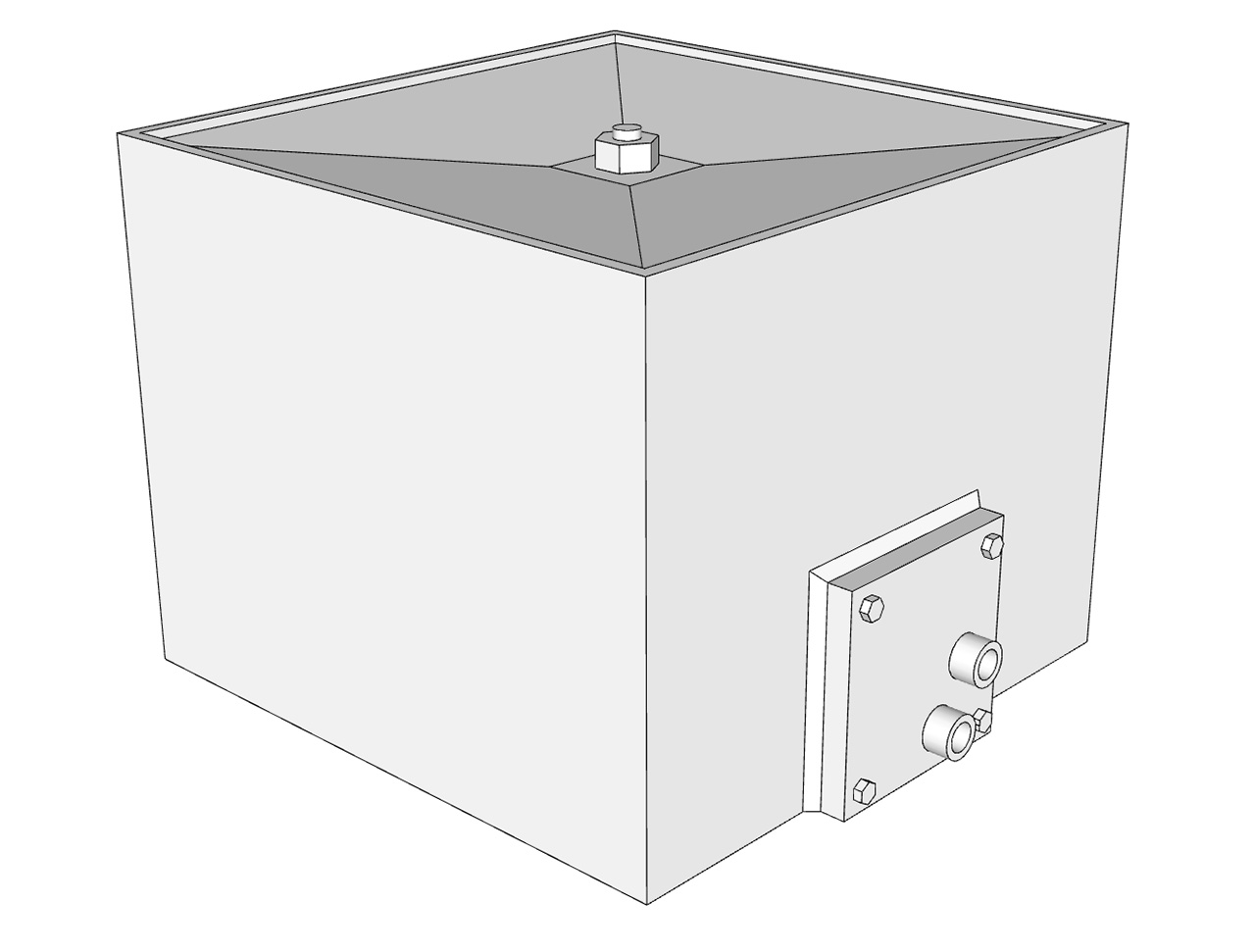
The drivers seat (needs a bit more detailing), I bet this was a mechanical and comfortably wonder back in its time:
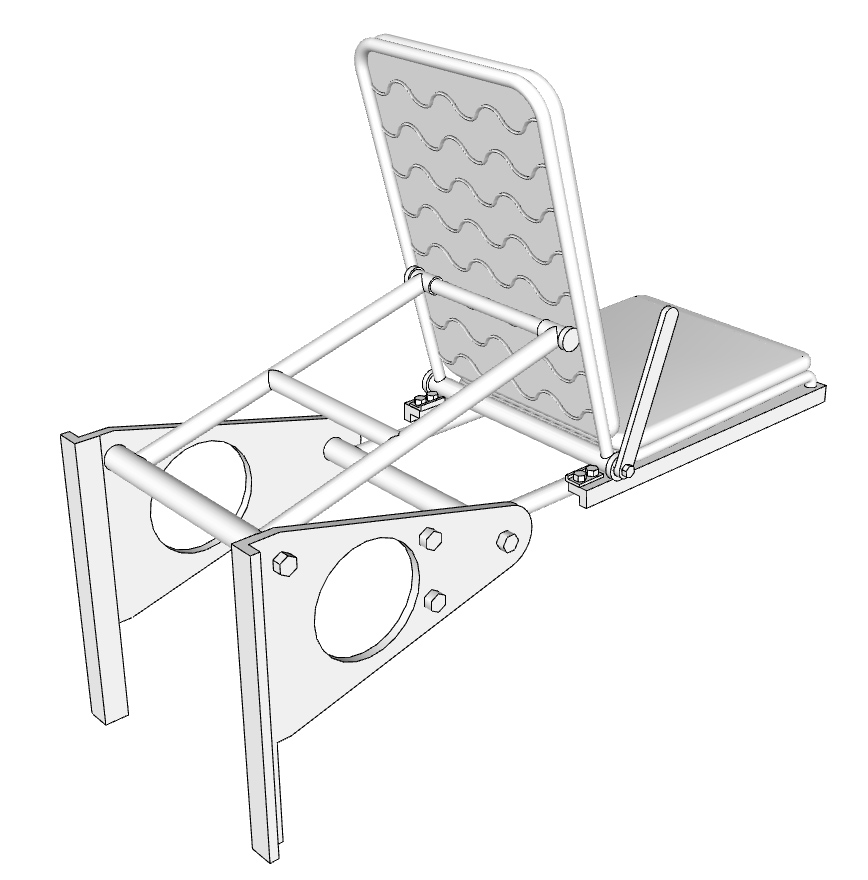
The turret Power Take Off (PTO) This unit is placed directly under the turret, it link the drive shaft from the Engine, with the drive shaft from the transmission:
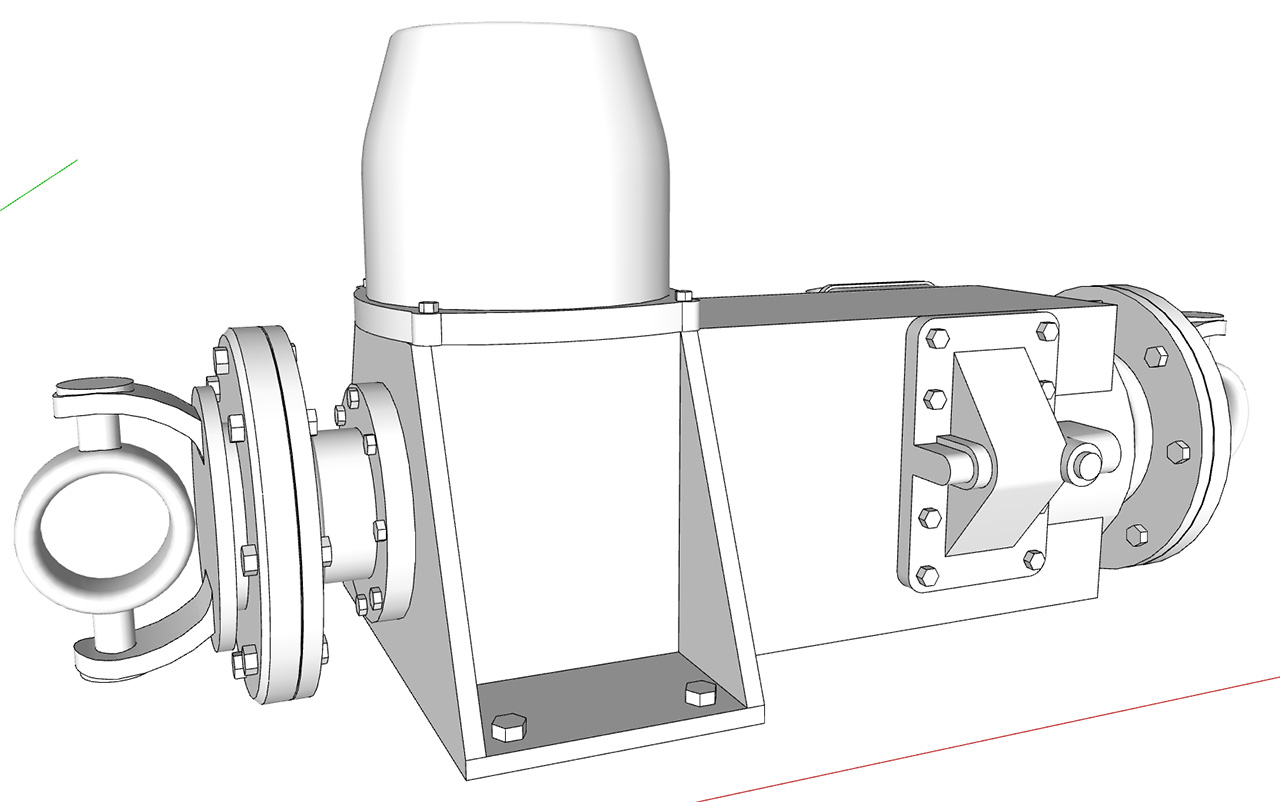
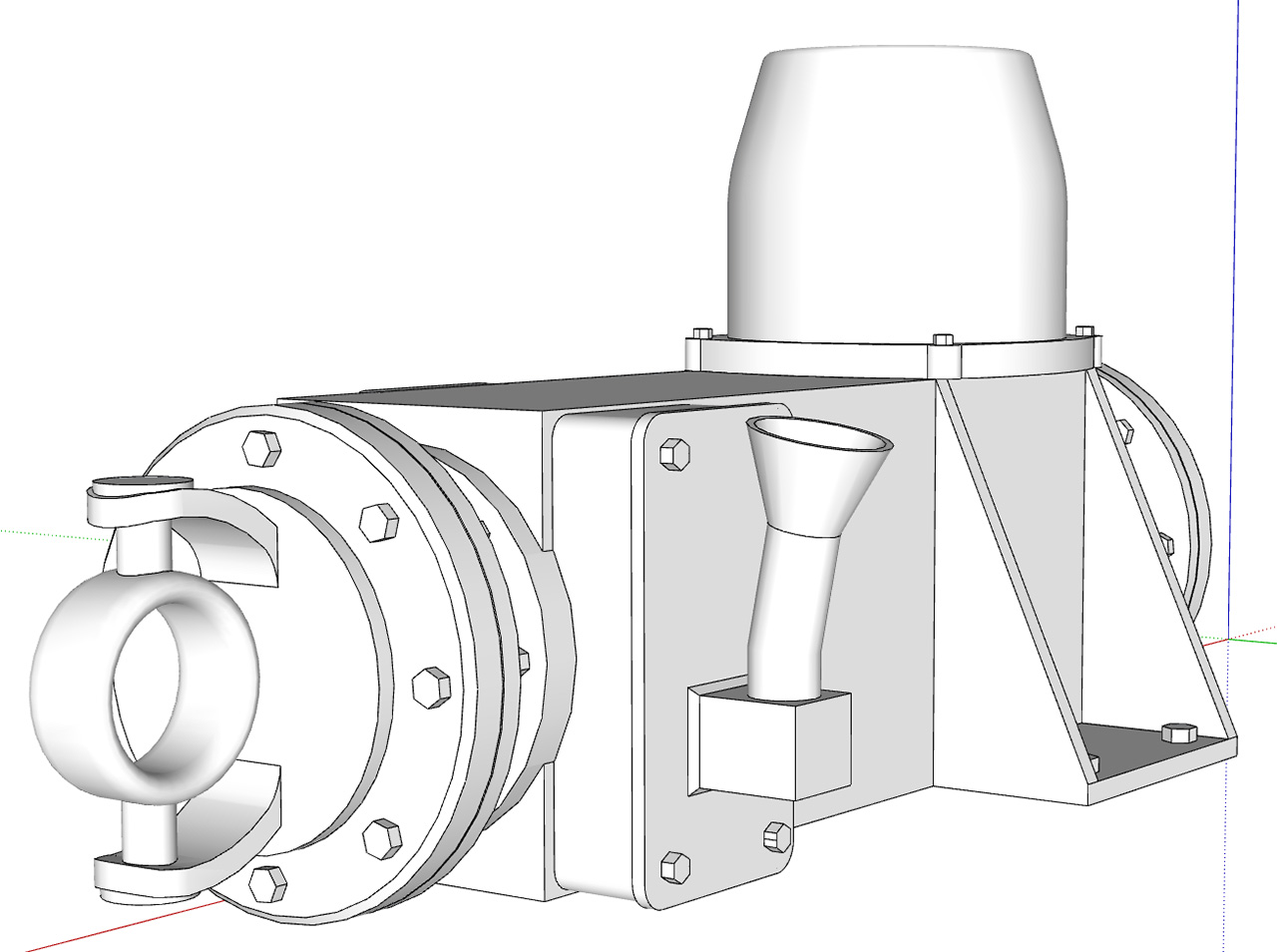
The ammunition racks are placed just above the tracks. Inside the hull obviously. Note that they have been angeled to make room for the turret:

Alright for the hull itself and its assembly:
Hull floors, the upper one marks where the turret will be placed:
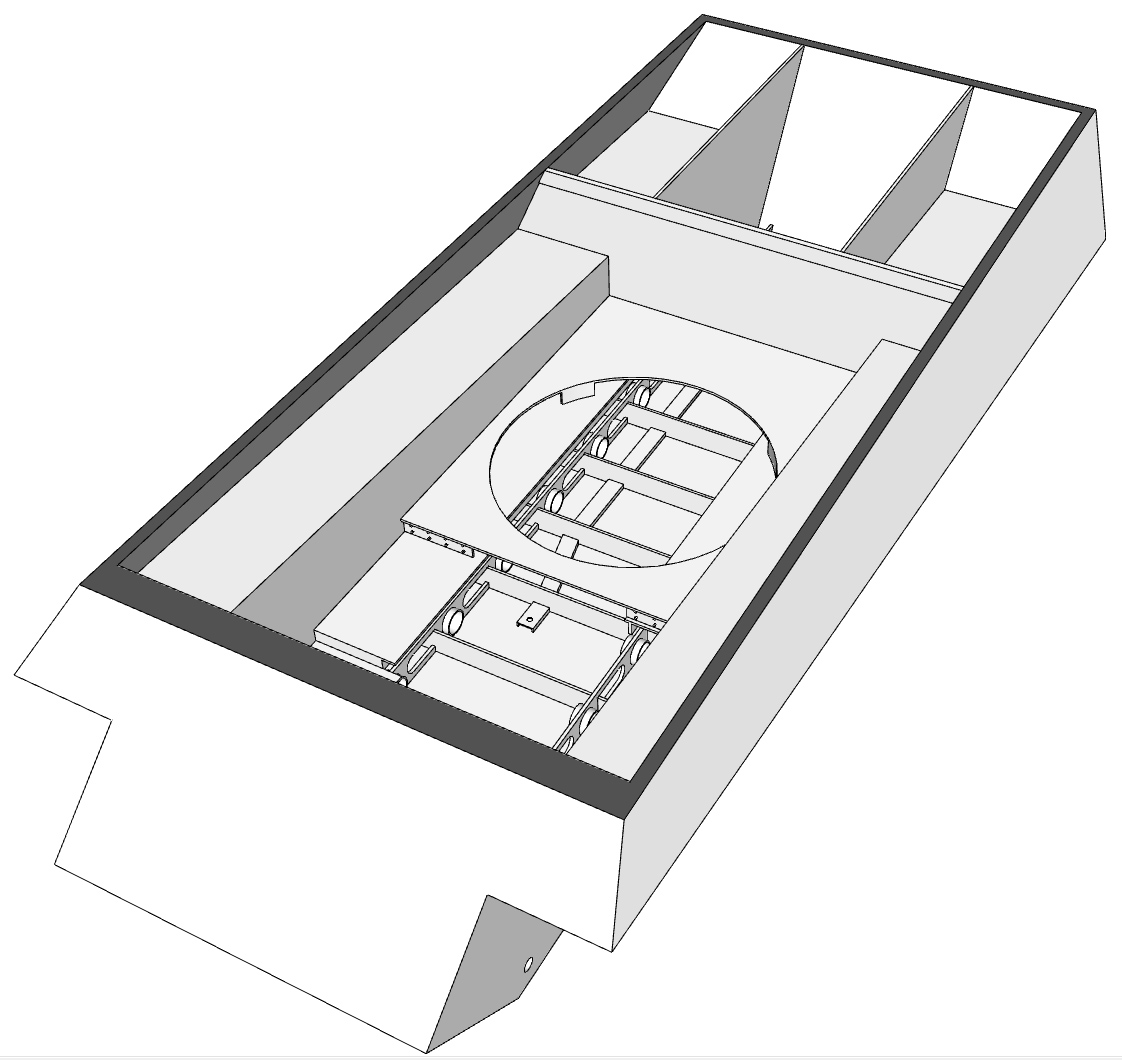
Other minor additions are the Radio operators escape hatch, the left right side brakes and the internal spur wheel:

Fitting the drivers seat:
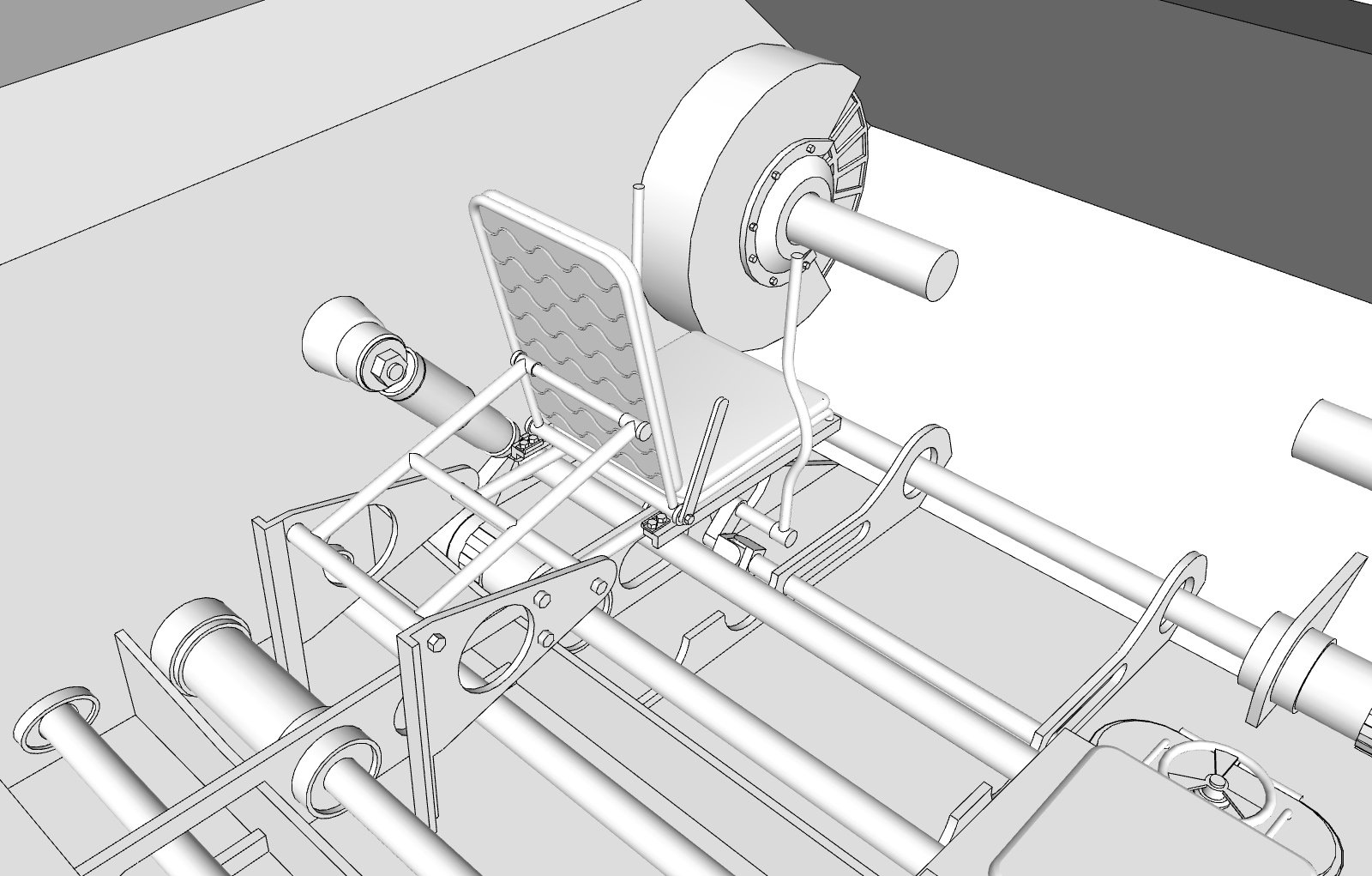
Fitting in the transmission and oil tank:
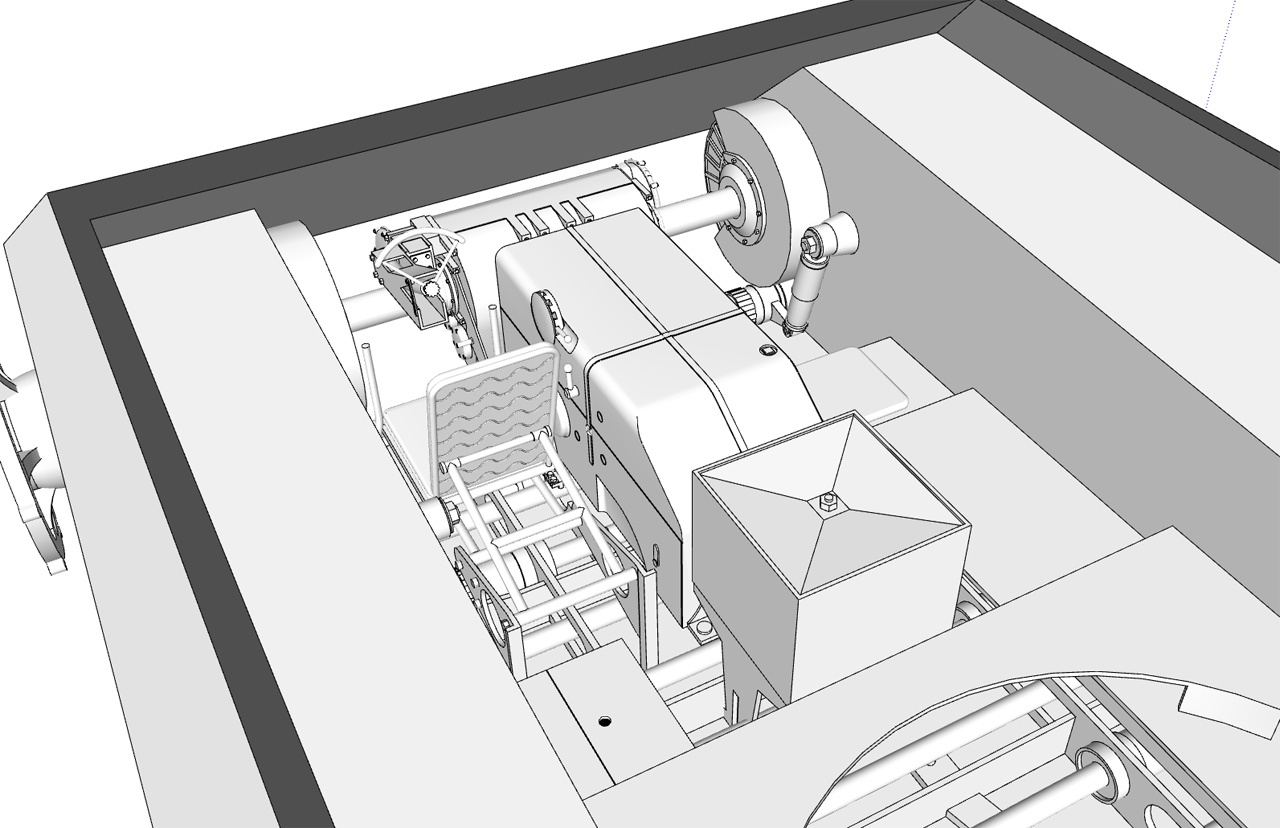
Minor additions; Batteries, open toolbox and fitting the Turret PTO:
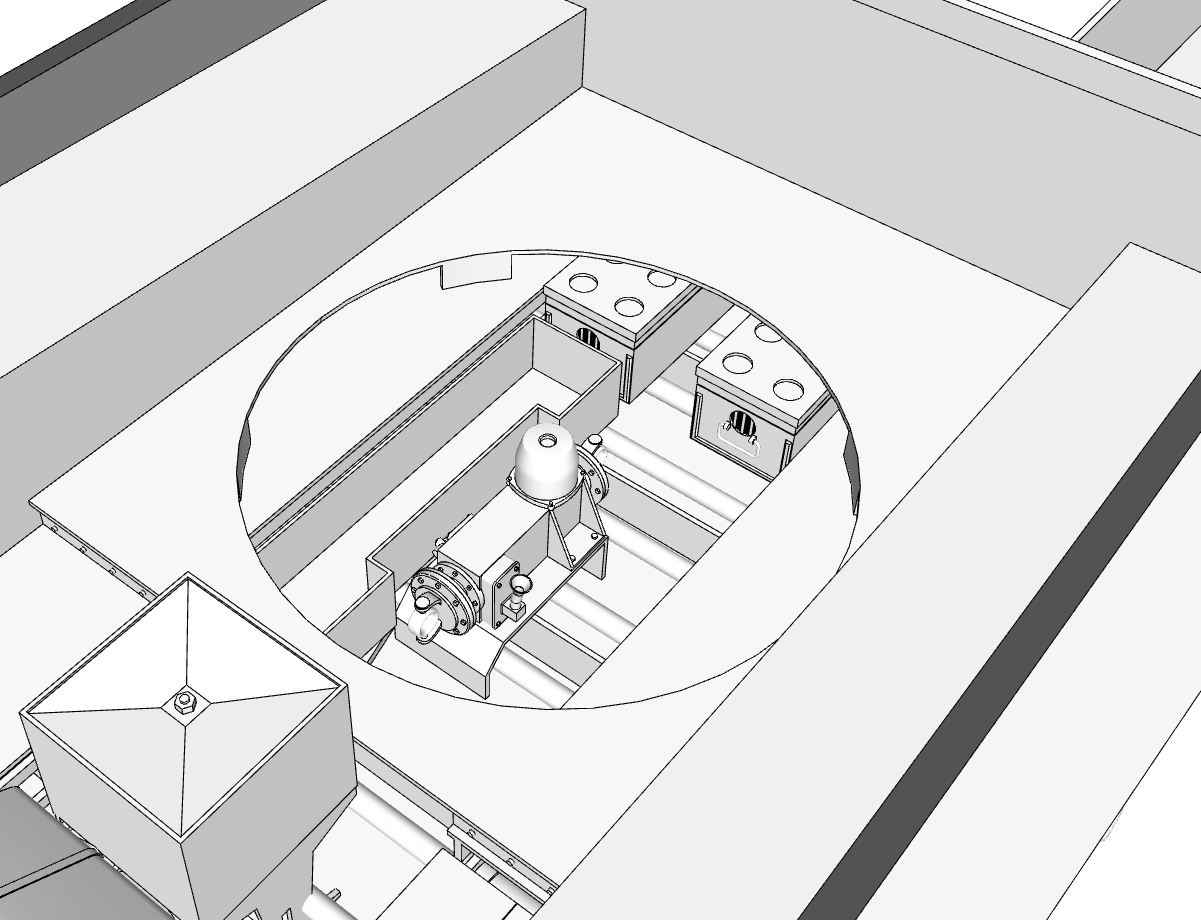
Fitting in the ammunition racks:
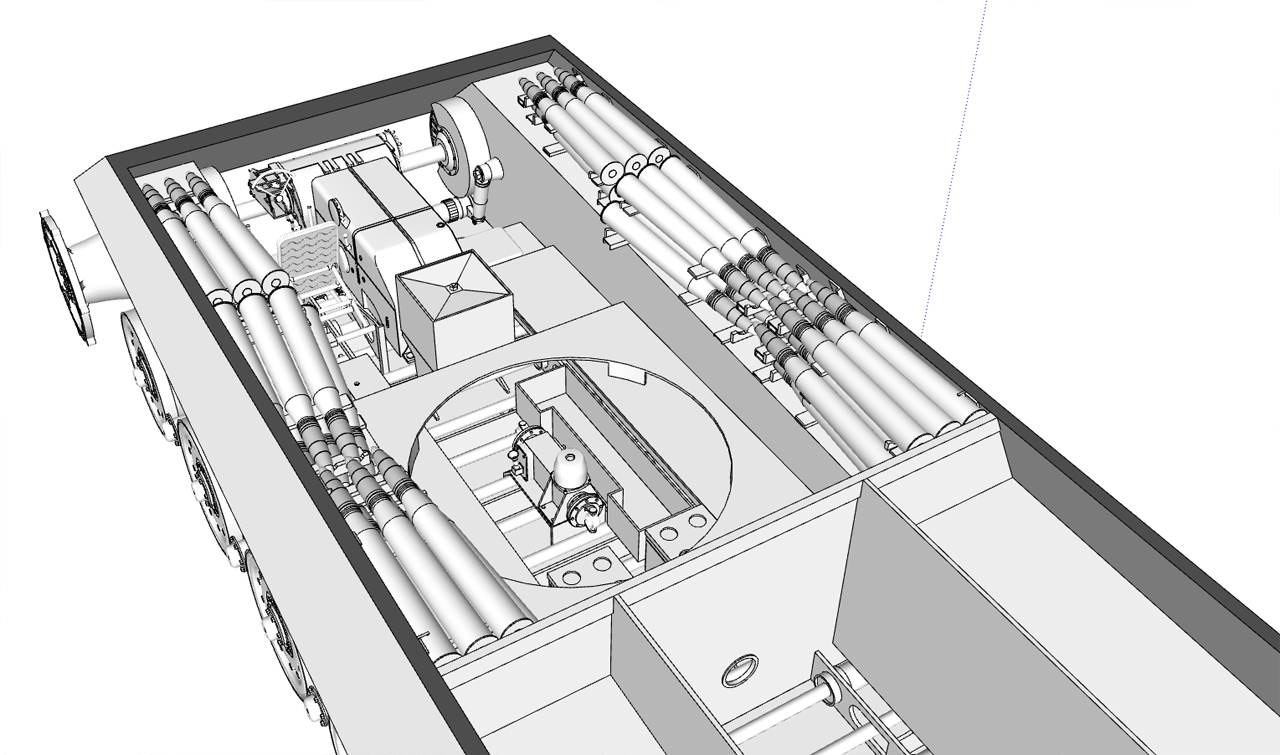
The engine will be fitted when it is entirely done, including the exhaust pipes.
Untill then, here's a picture of all the things fitted, without the hull itself:
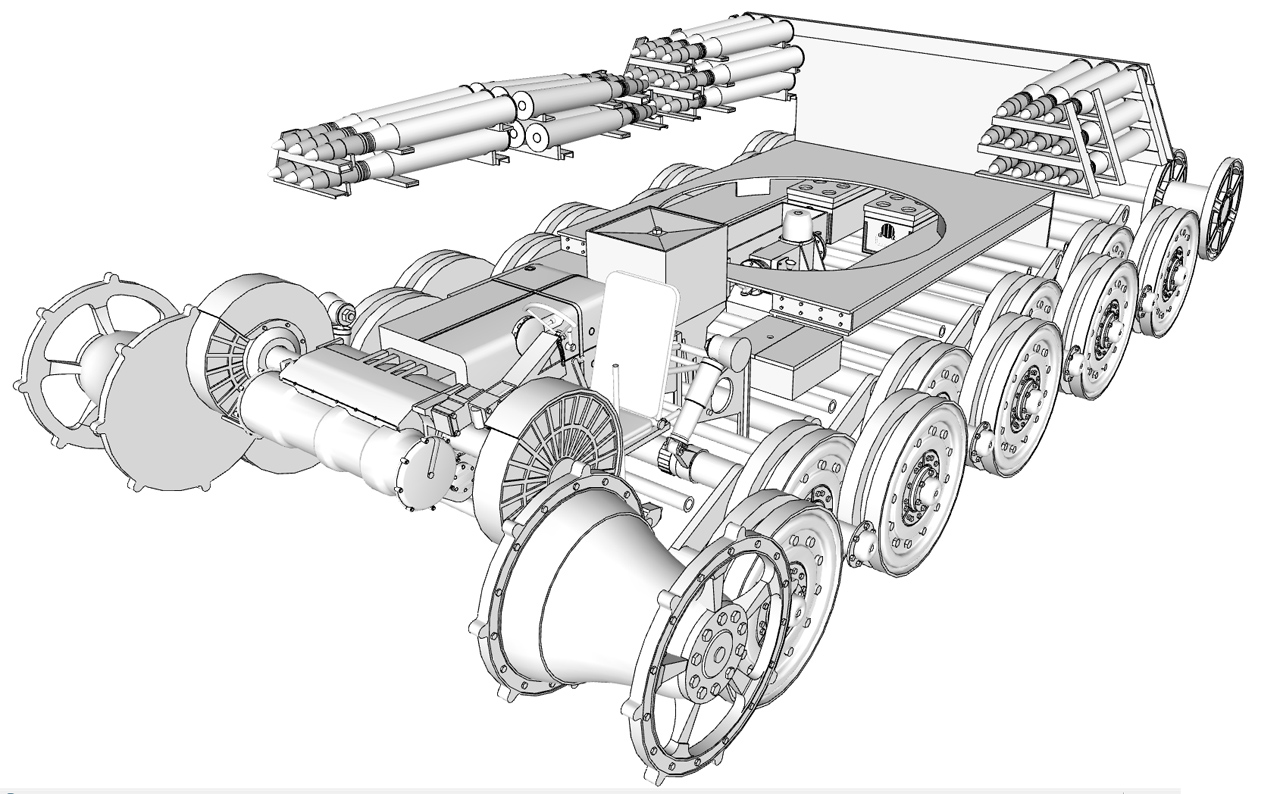
Please, feedback!
Holy ****! That is probably some of the best renders I have ever seen. Really, ever. Before I read the description I thought that they where real life pics, and renders would come after, but then I read, and was like... Jesus!
Alright new update, this time its the transmission; Maybach OLVAR EG 40 12 16 B.
The transmission is placed in the front of the tank, right between the driver (left side) and the radio operator (right side).
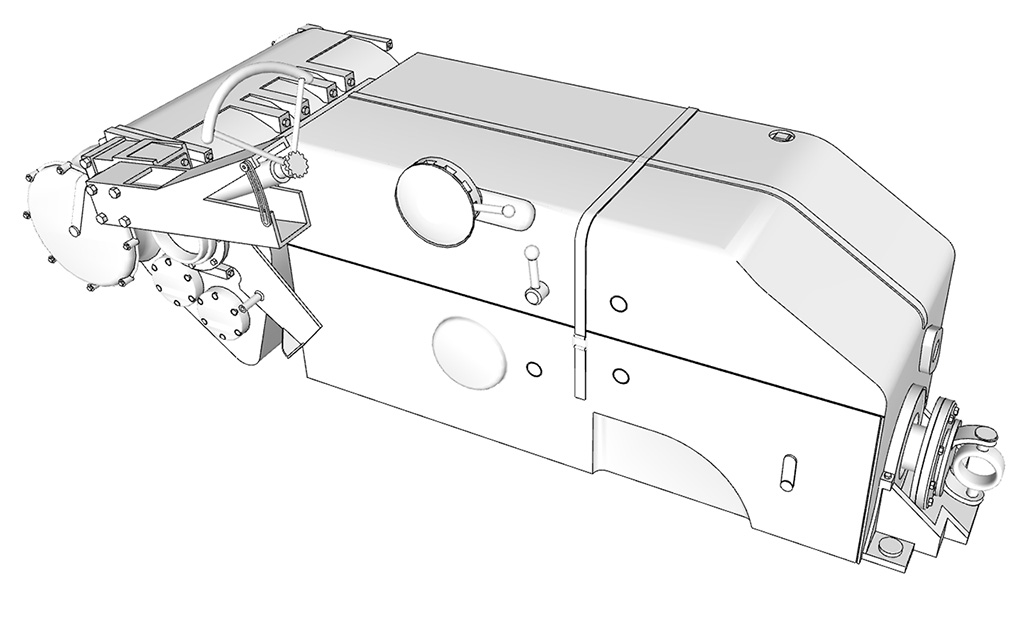
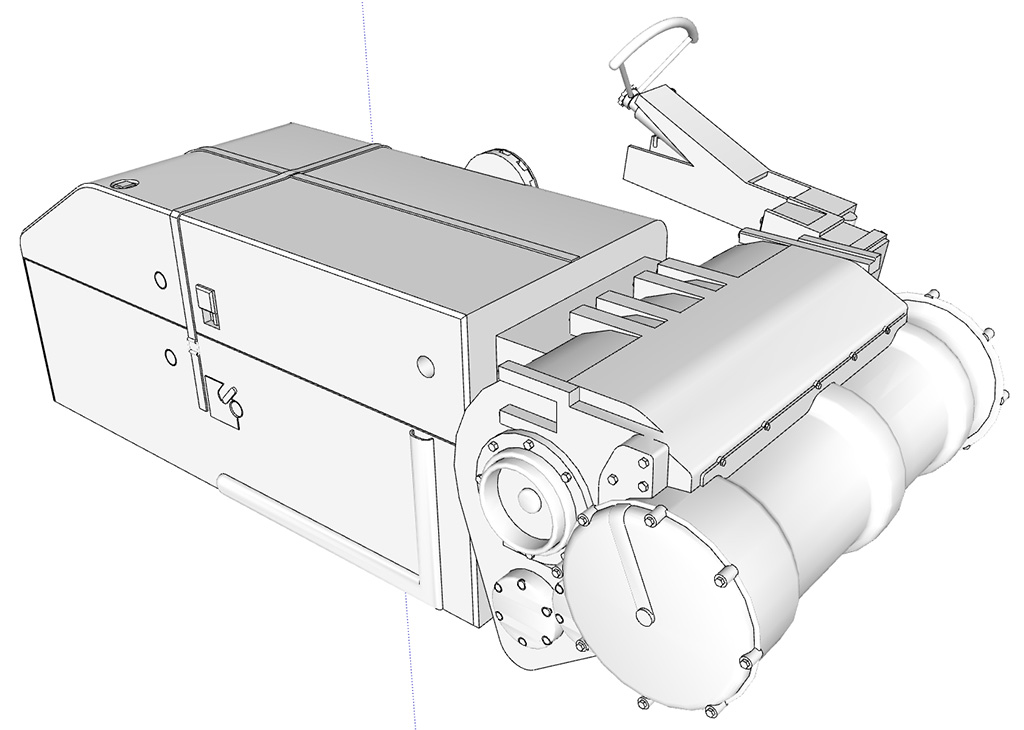
The drive shaft from the engine will be connected to this universal joint.
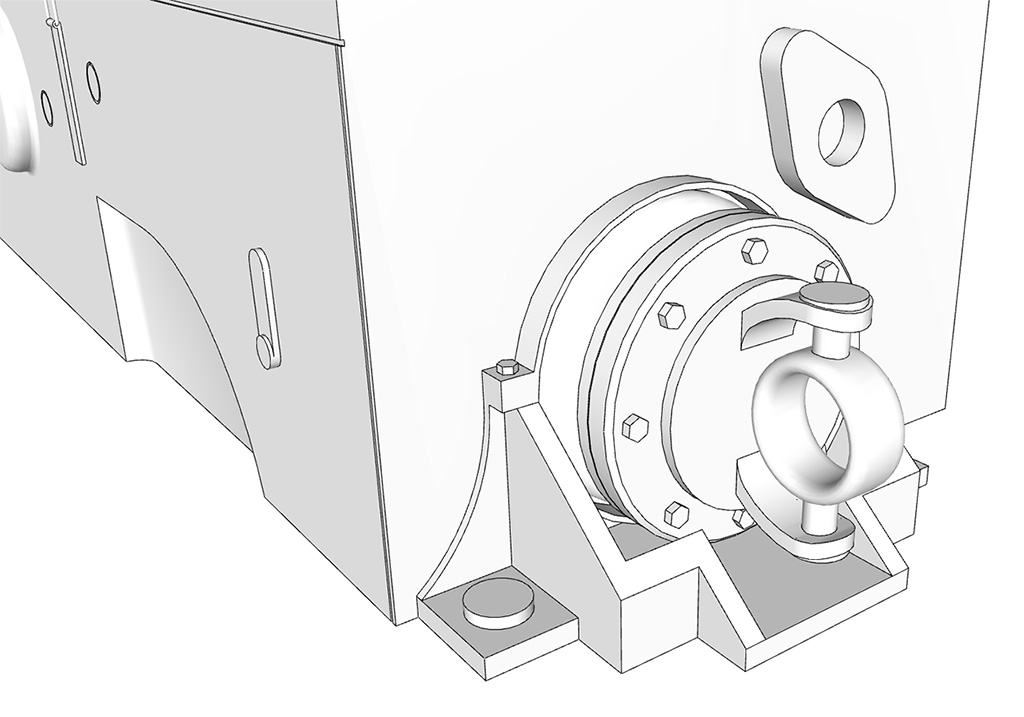
The drivers steering wheel.
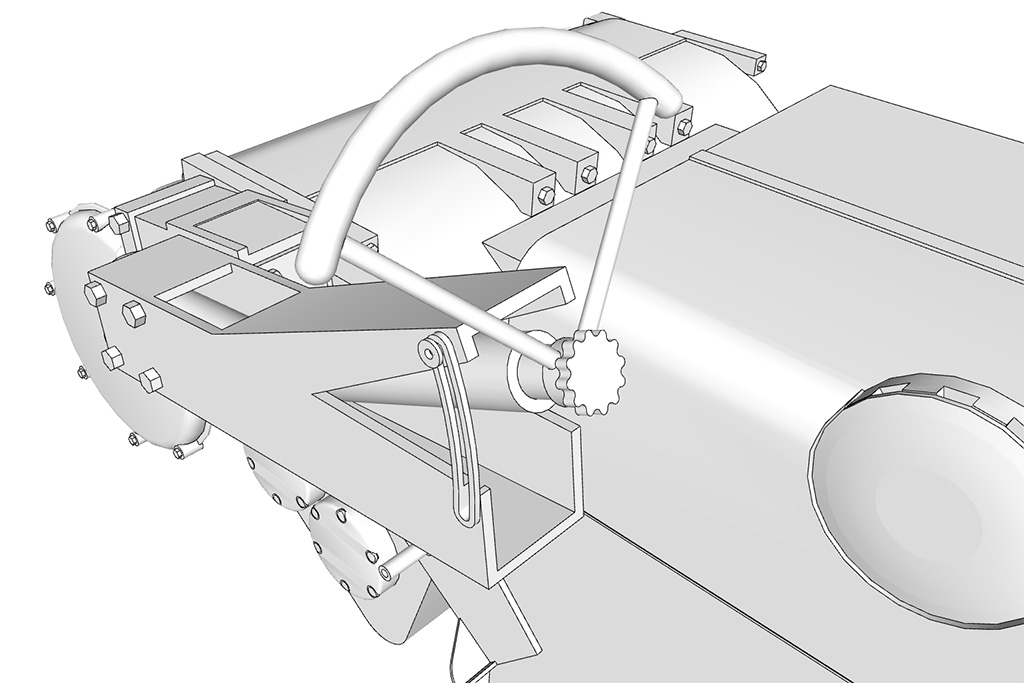
Feedback please!
Very good, I especially like the top view, it creates a nice pattern, and the lines really add some depth to the picture.
Yeah, its nice to learn something  If you feel for it, check out that guys gallery, he got over a 1000 pics of him building a fantastic model King Tiger. I dont think I have ever seen a model kit assembled and finished as nice and beautifully as those he does. Amaizing.
If you feel for it, check out that guys gallery, he got over a 1000 pics of him building a fantastic model King Tiger. I dont think I have ever seen a model kit assembled and finished as nice and beautifully as those he does. Amaizing.
Well they should be placed correctly, but infact you just pointed out one of the places that isnt entirely done yet,in fact most of what seems to be the flywheel on my pictures, is the frame surroinding it.
You can see a good picture here, also notice all the details that I still need to have made 
Thank you Hellnbak. About those two areas then yes, you are right, those are starter motors as far as I know. The lower one i electric, the upper is handdriven, manufactured bu Bosch 
I still need to do some work on the back of the engine, but im afraid I wont get much time for it, for the ret of the week, but we'll see.
Alright a small update, I have been out of town for a week, so the project was on hold. However I managed to do some work on the engine the last few evenings.
The Tiger II was using the Maybach HL230 engine, a 1200 kg, 690 horsepower beast. The dimensions of the engine are 1000 x 1190 x 1310 mm.
The model aint finished yet, I could spend years on getting all the the details, but as it will be hidden far inside the hull, i need to stop somewhere. Right now it counts well over 70.000 faces.
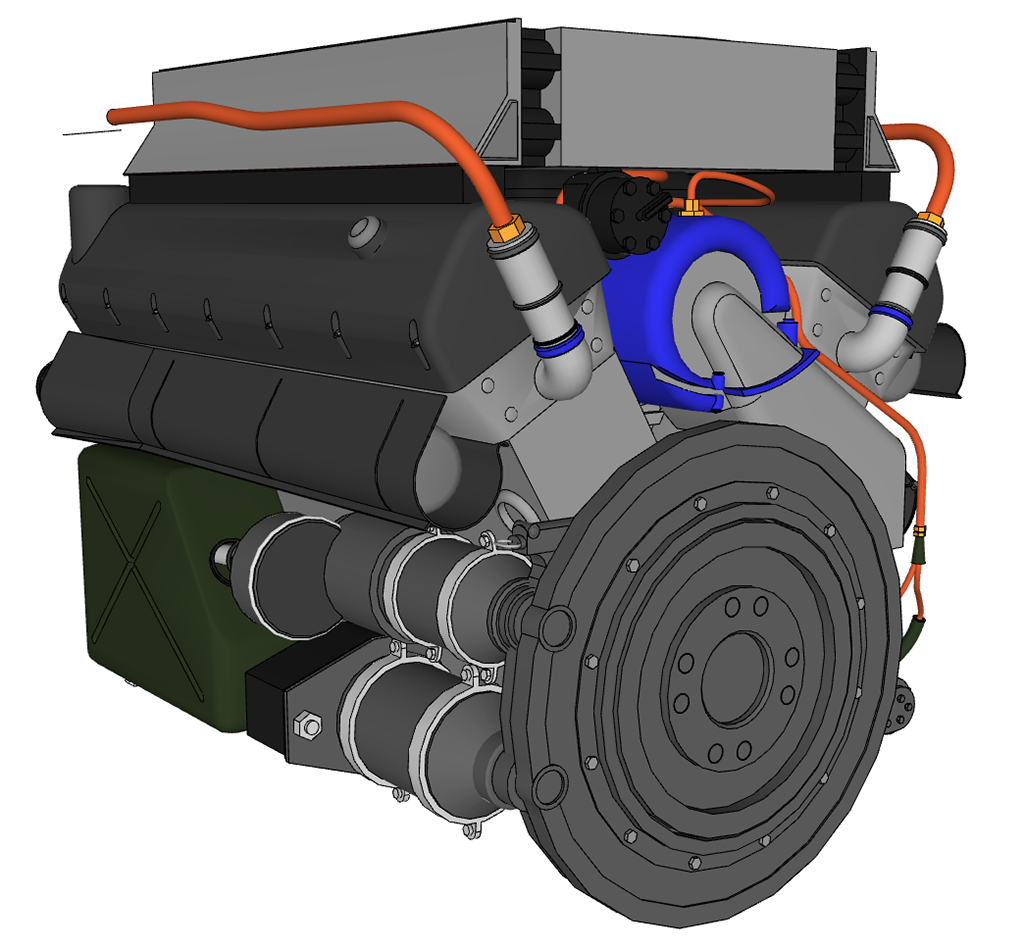

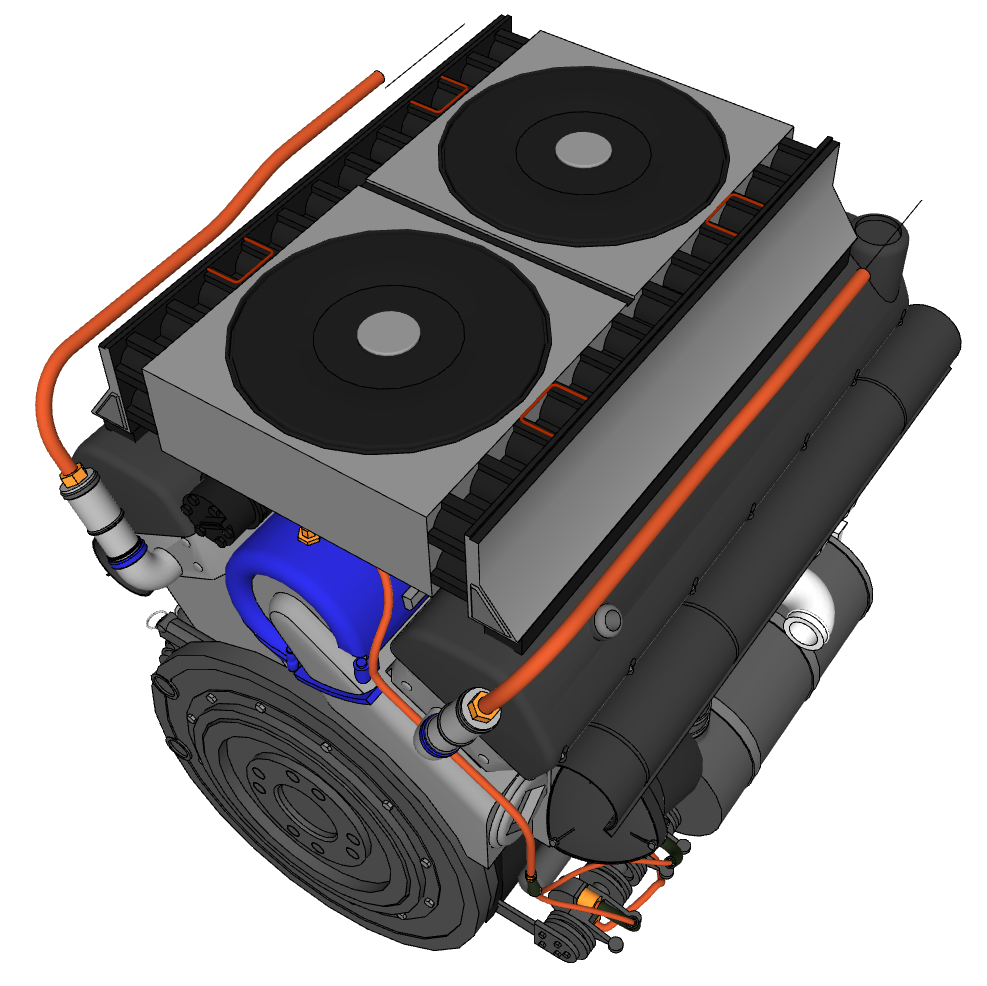
Sorry for the late reply Numbthumbt, I om a vacation right now, so im rarely at the pc. Now that is one amaizing source you got right there, once I get home I will redo the tracks to make them more authentic. Now if you dont mind, where do you get those drawings? They are extremely detailed and informative.
Oh and I dont mind suggestions at all, thats how I improve 
Thanks for the comments everyone, and the link numbthumb, they are really helpfull!
For the last two days I have been working on the hull, the wheels and the tracks. It wasnt exactly easy finding the necessary information, as I modelled the parts in different files, I was extremely anxious that they wouldnt fit together in the end. But for the pictures and some comments:
I started working on the hull itself, right now it is extremely simple, but yet accurate, with all the proper armor thickness, and holes for the axles.
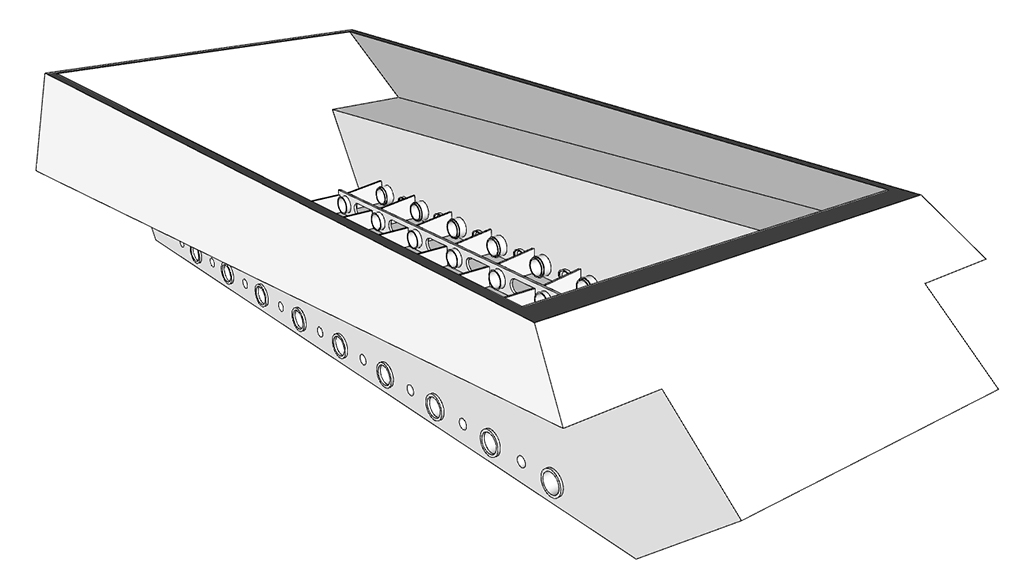
Buttom of the hull, all this will be covered by not only one, but two floorplates. Visible is some supportbeams, and holes for the axles. Notice the different sizes, instead of having a wheel accatched on each end of the axel, there is only in one end, requiring twice as many of them.

Tracks, Wheels, Suspension and Axles.
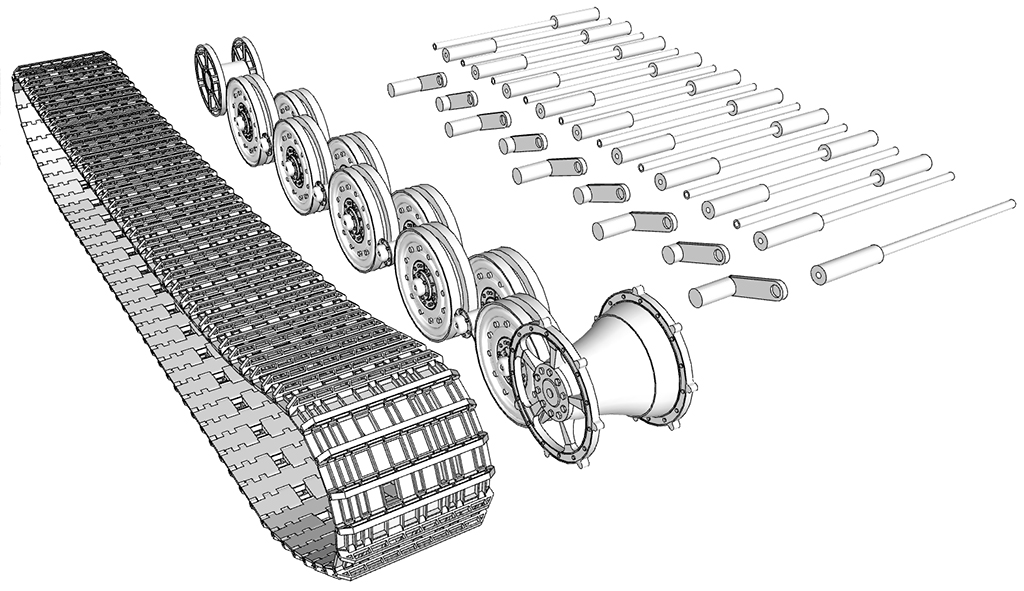
Close-up on the wheels, once again, thank you numbthumb.
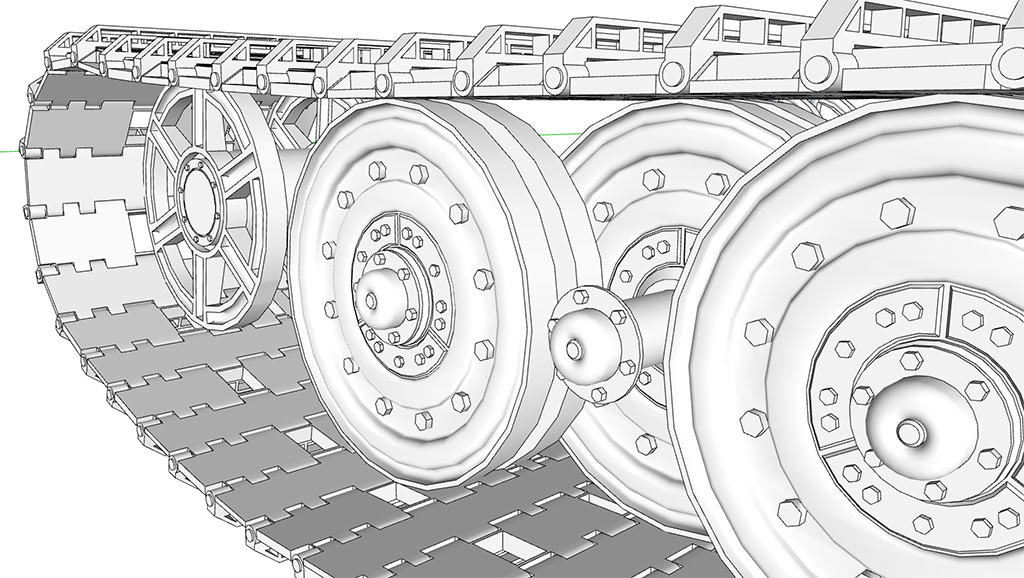
The tracks consist of two pieces.
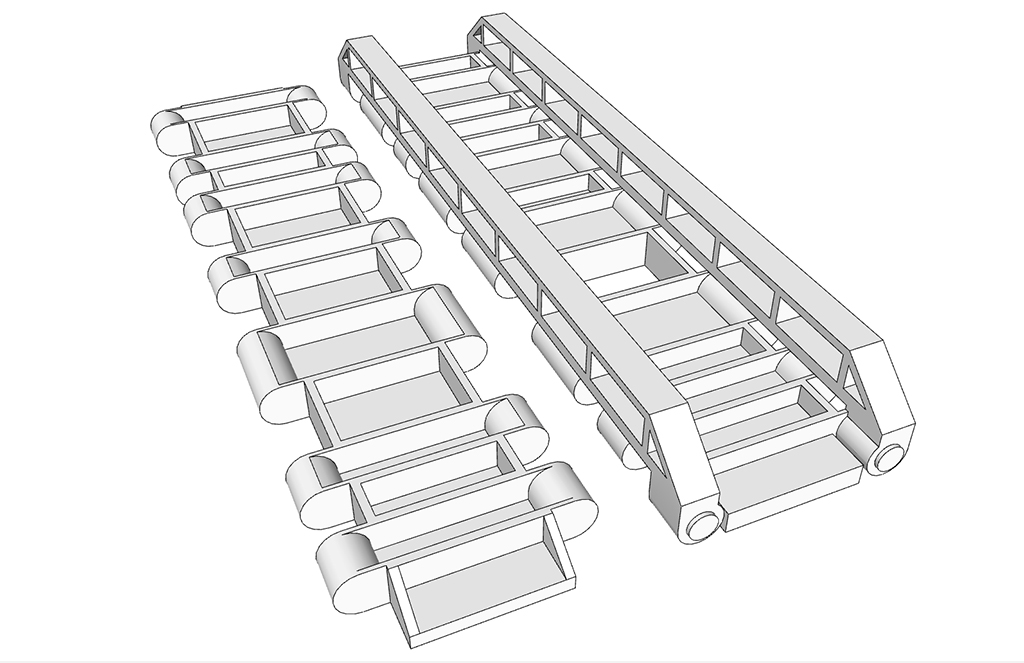
Wheels and tracks are put together.
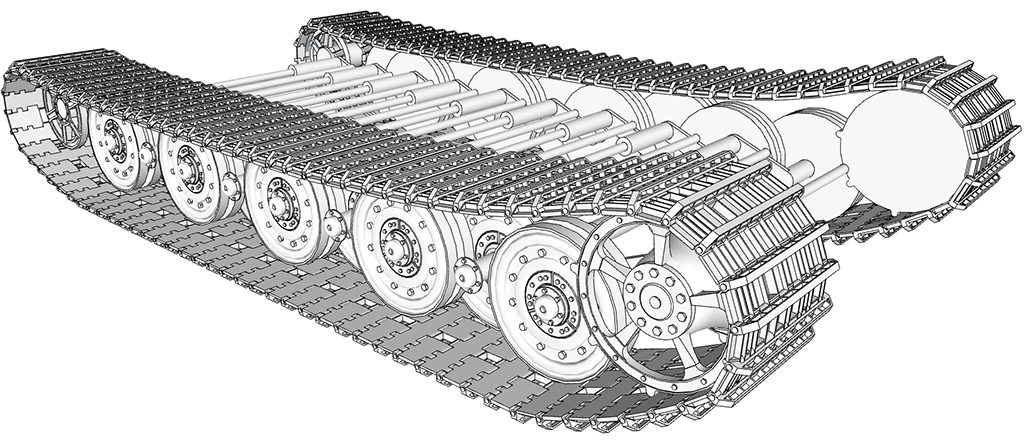
They are finally attached to the hull, along with the suspension and axles.

Inside the hull, I'm proud to say that everything fits perfectly in, just a shame that I will soon have to hide it all, but atleast i know its there.
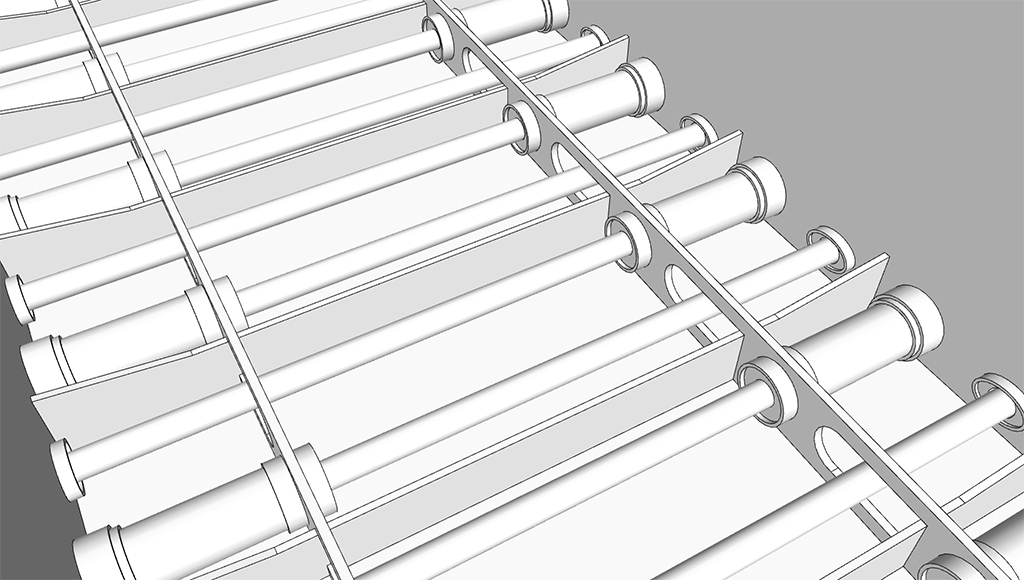
Next stop is the engine!